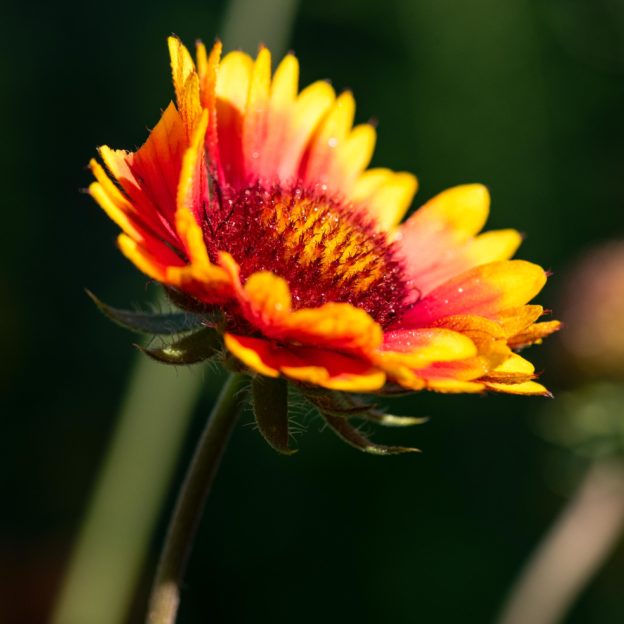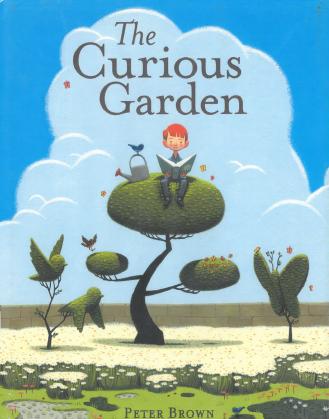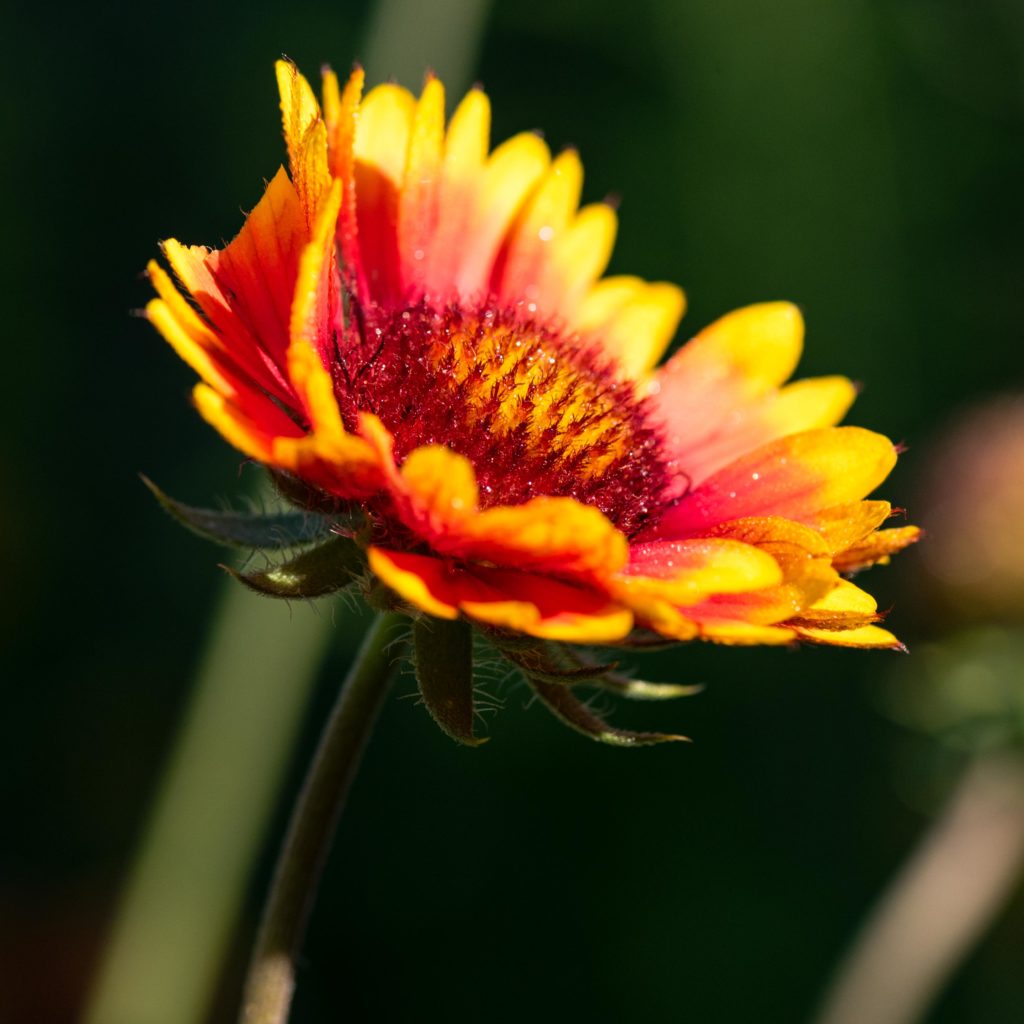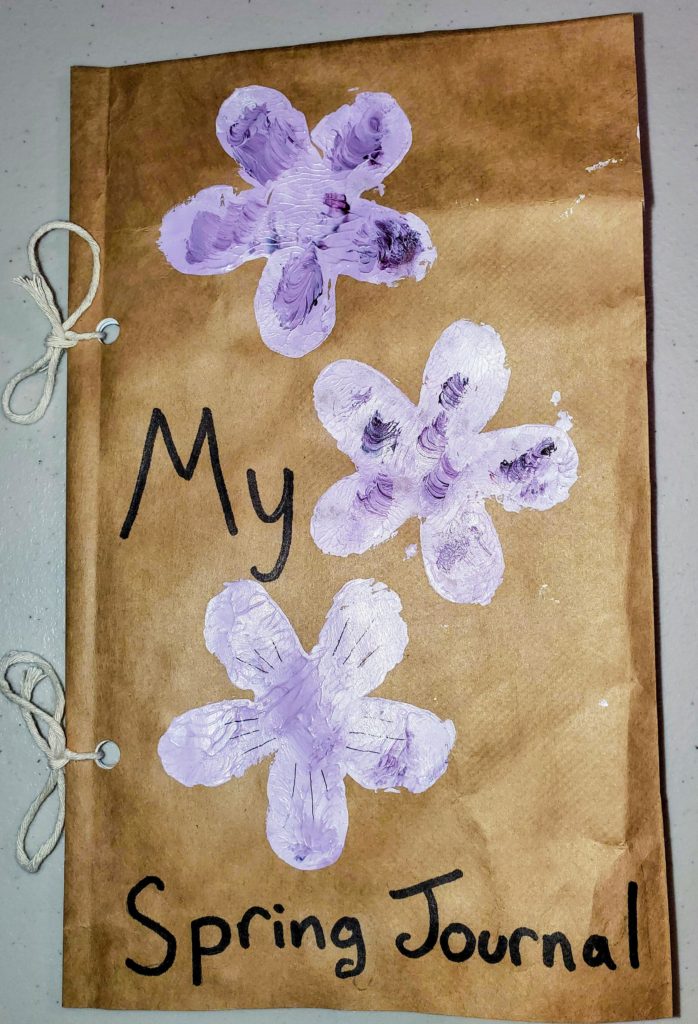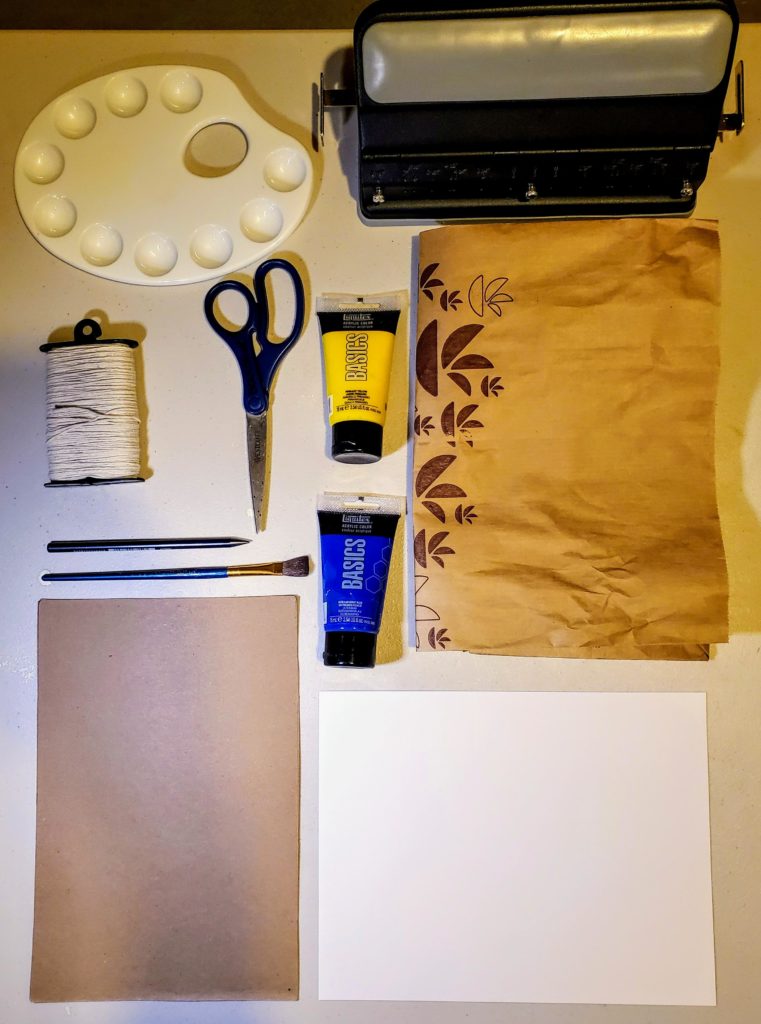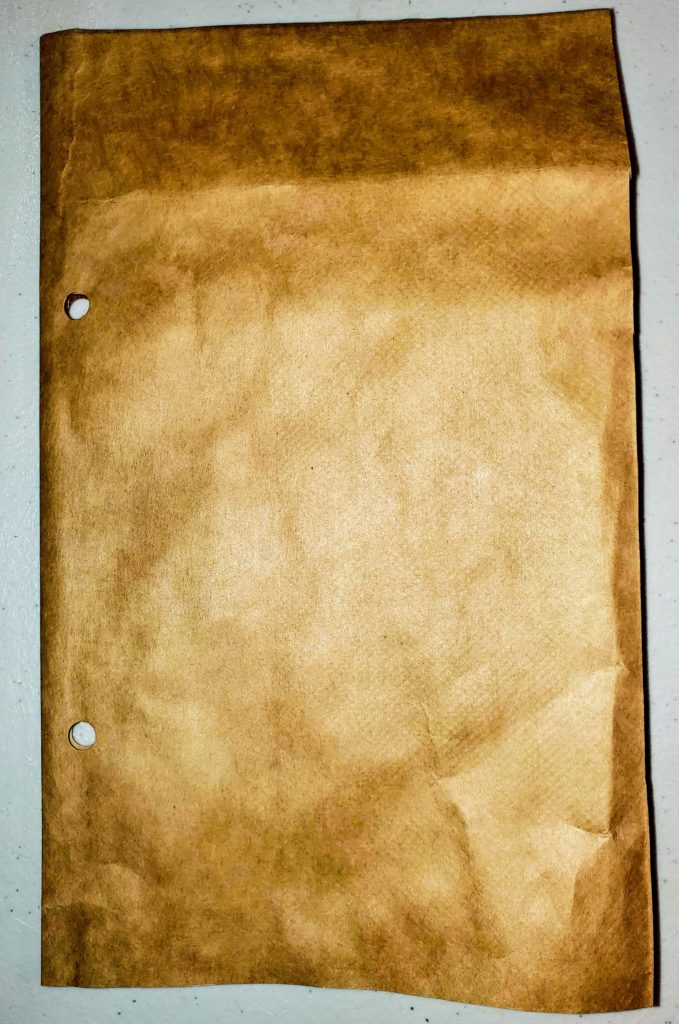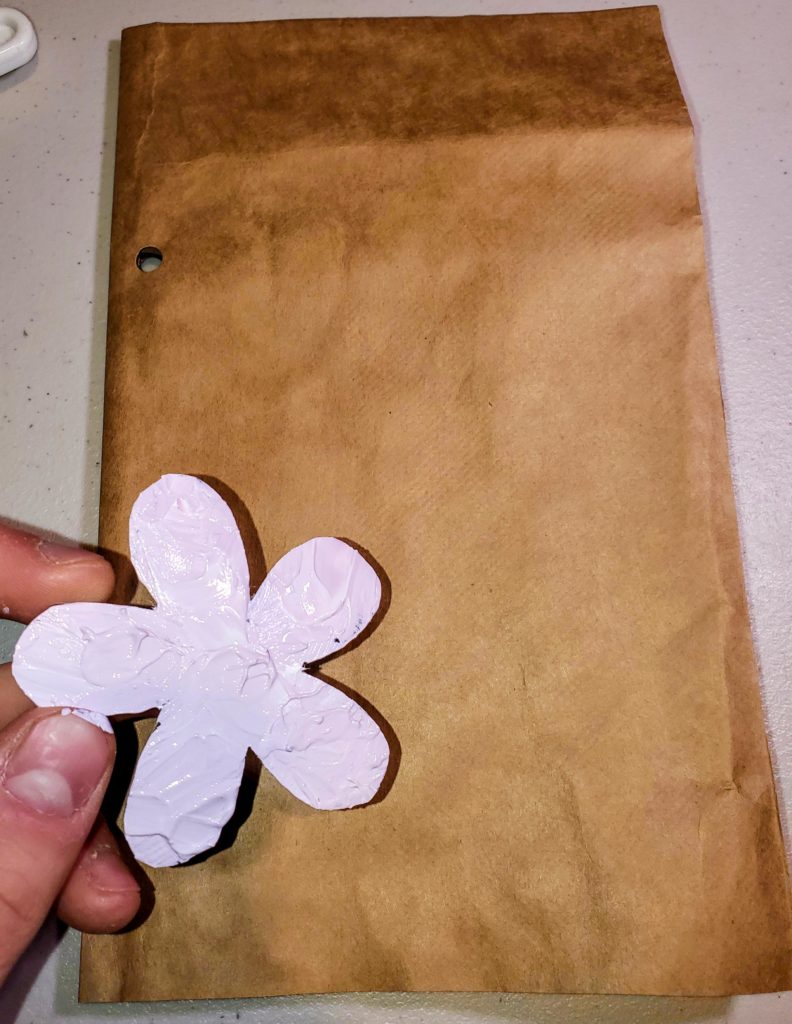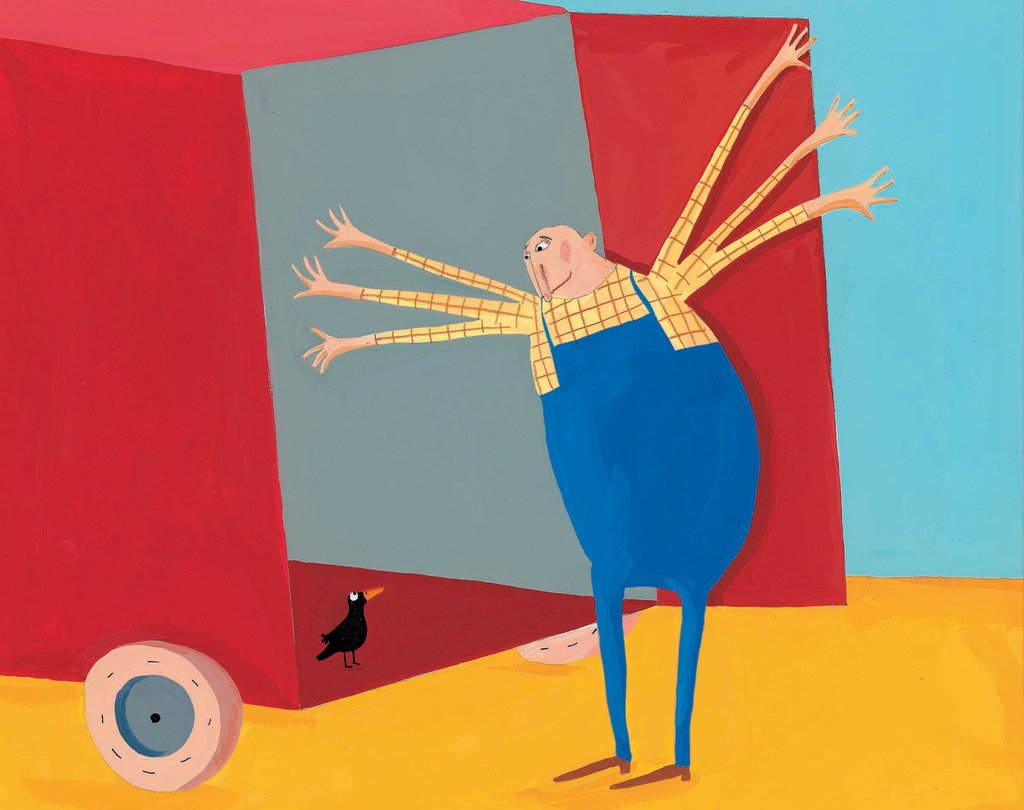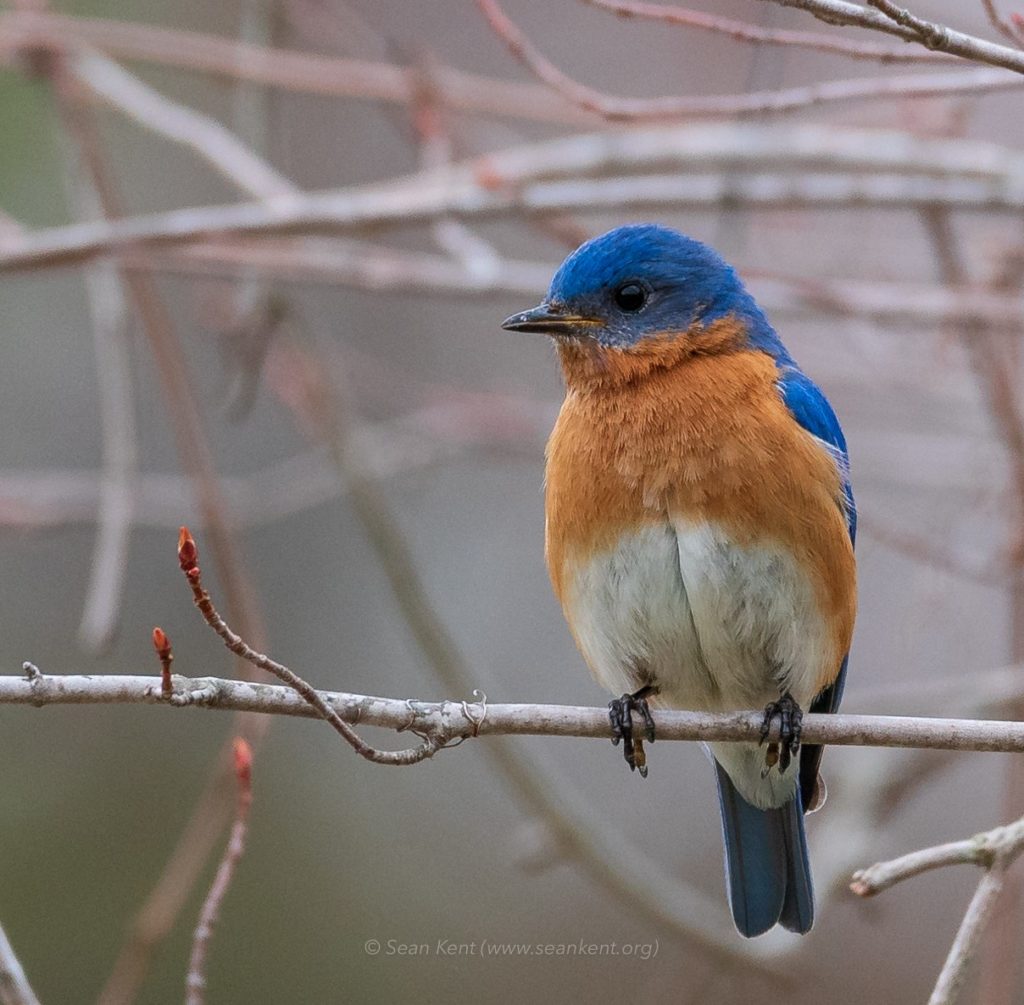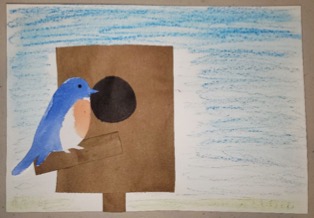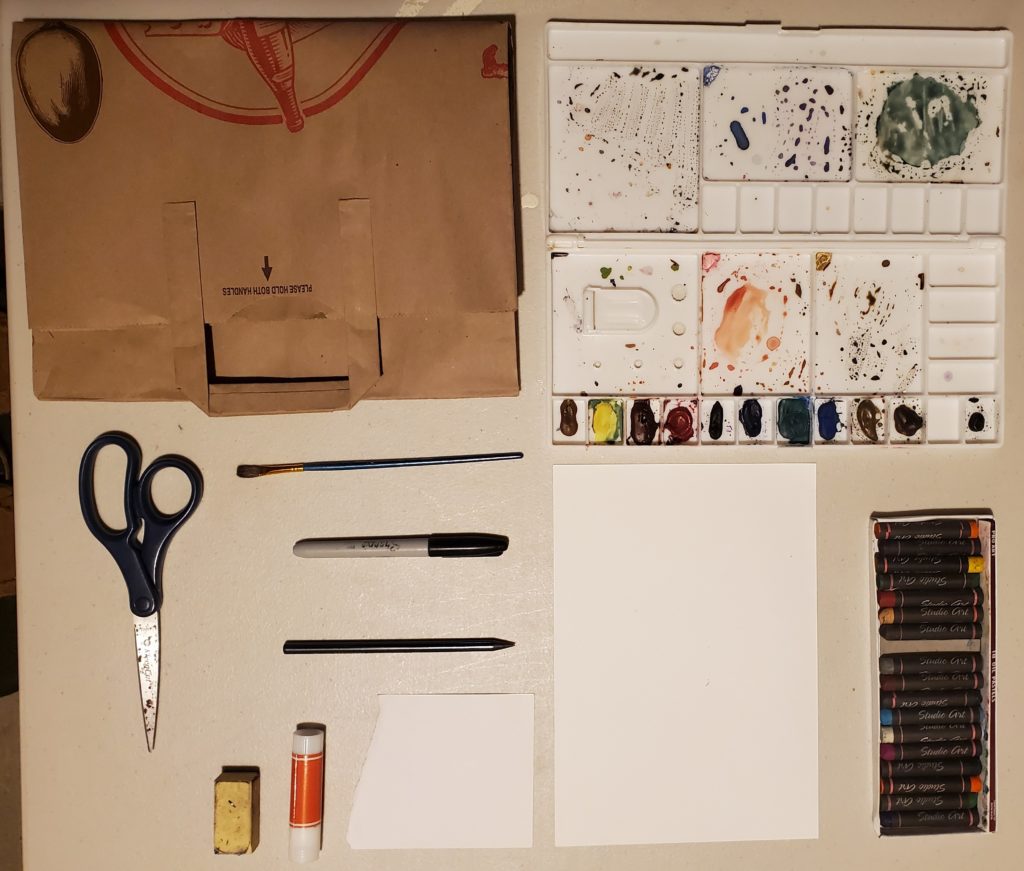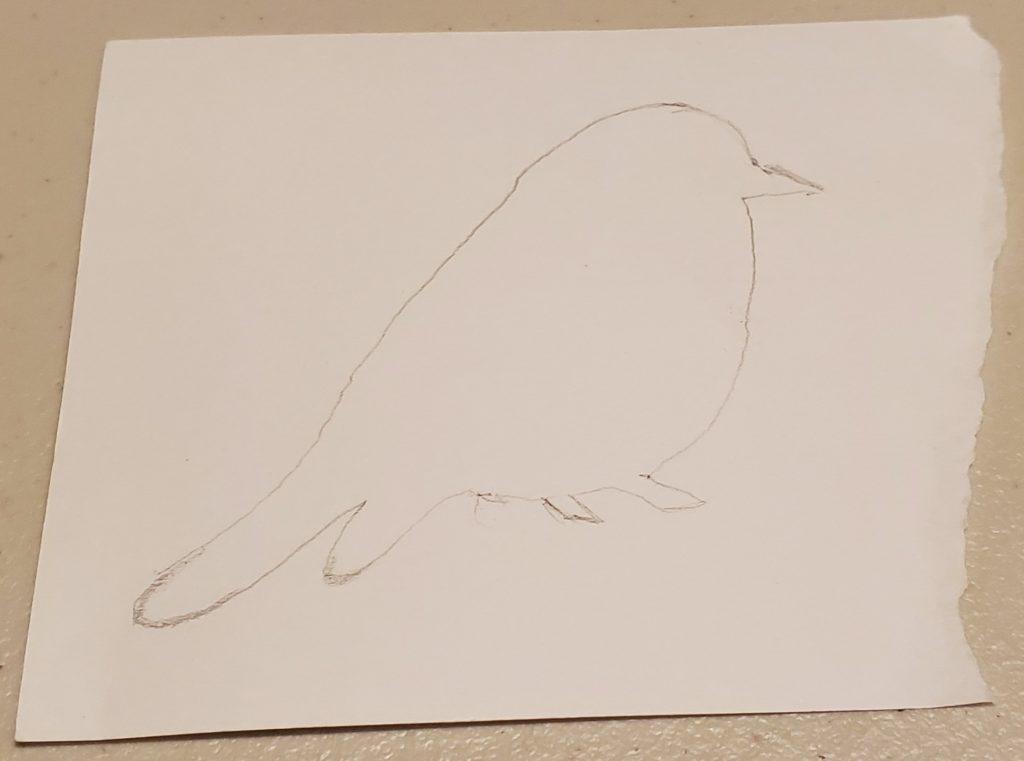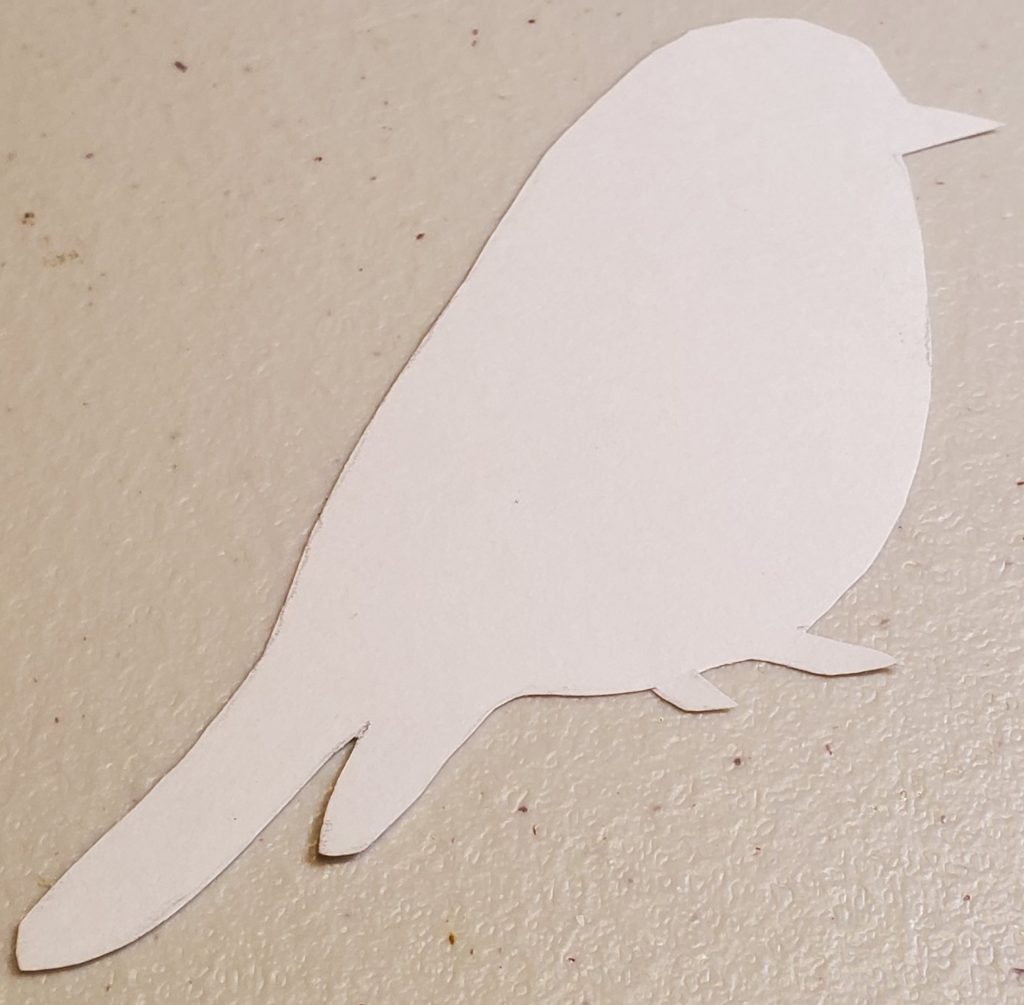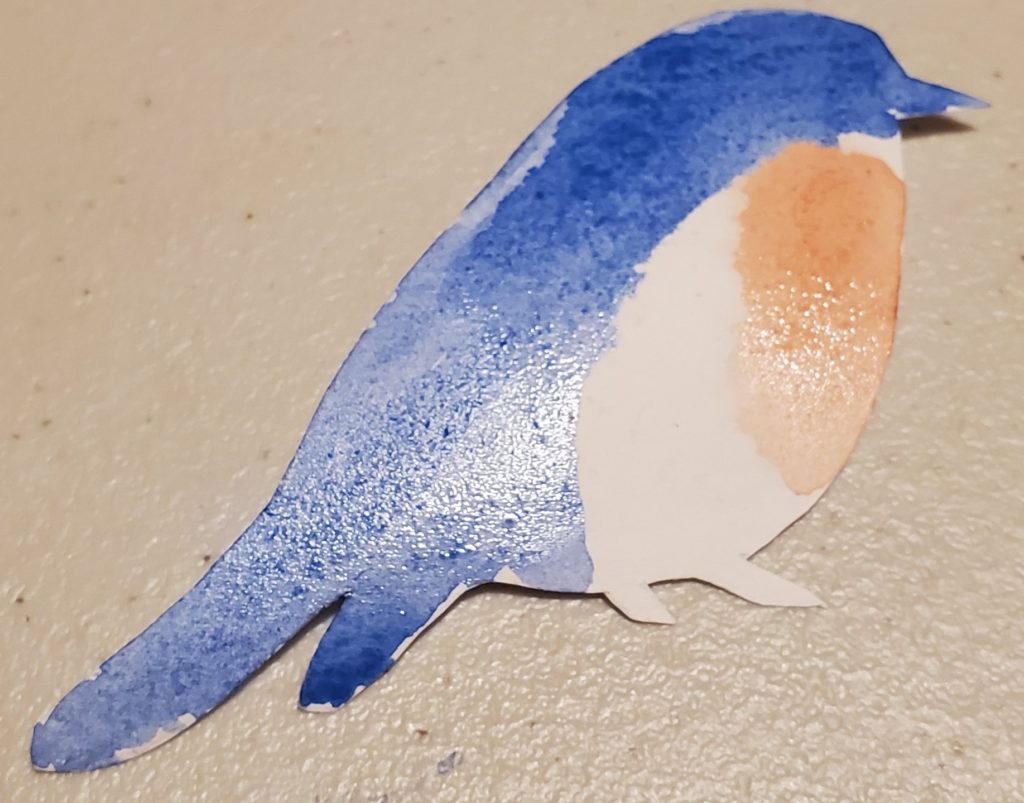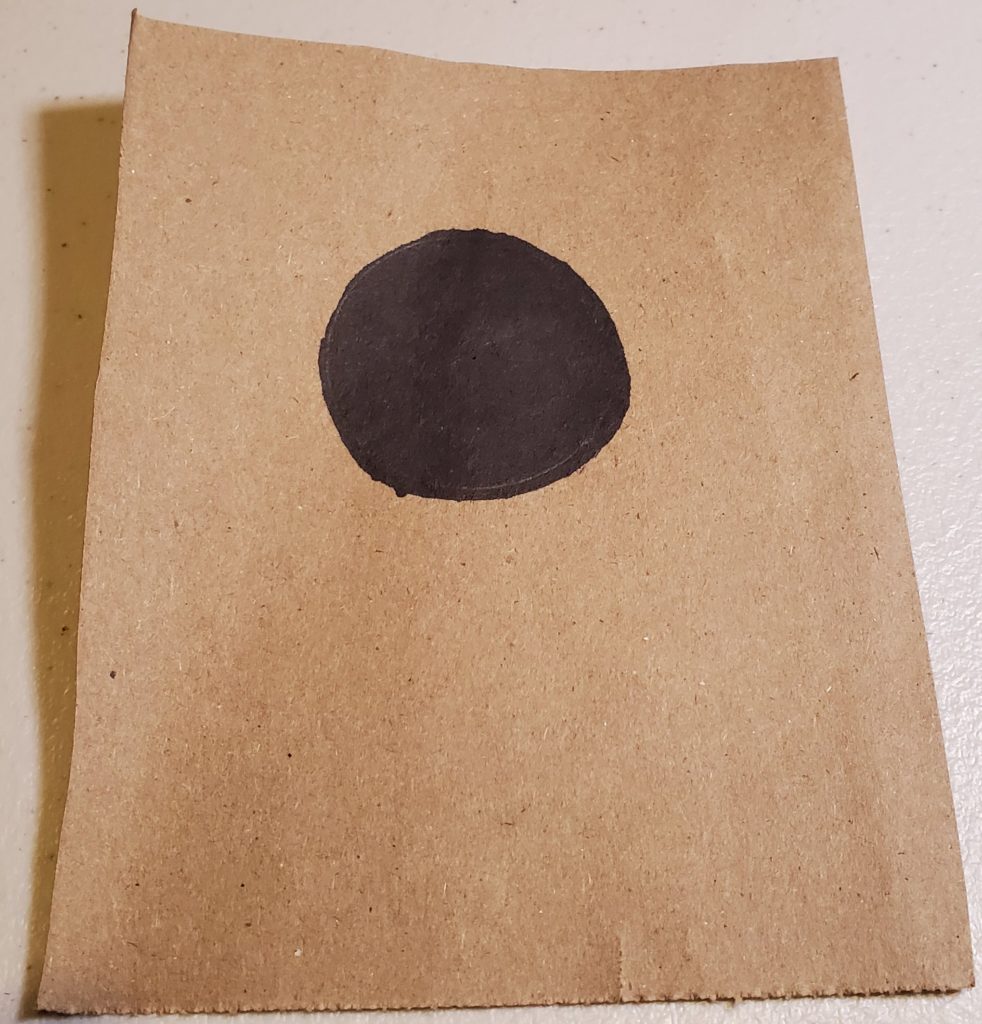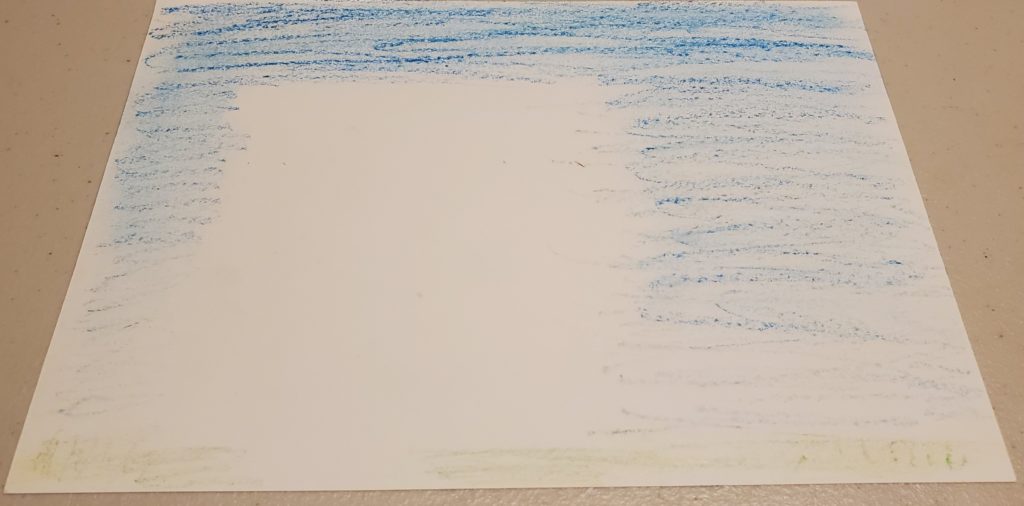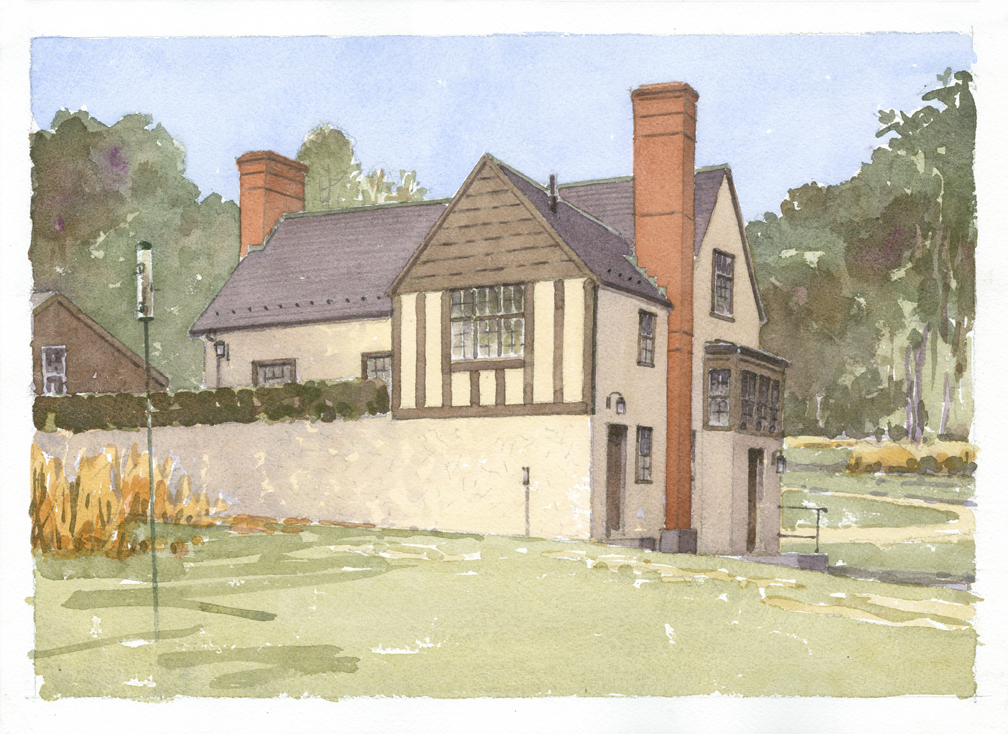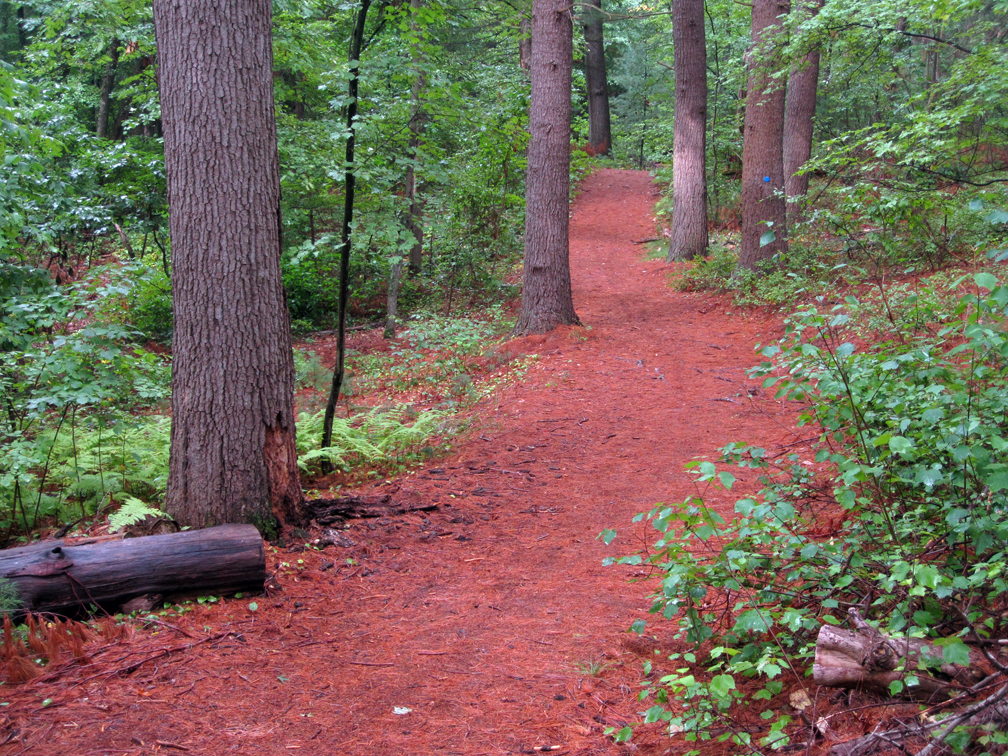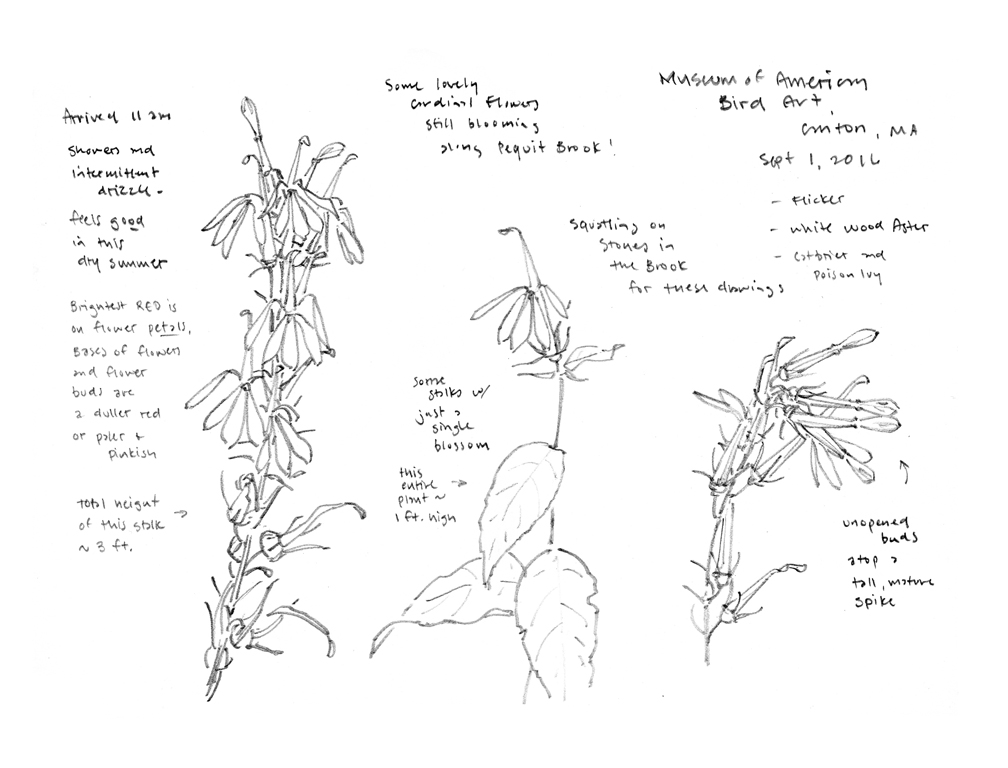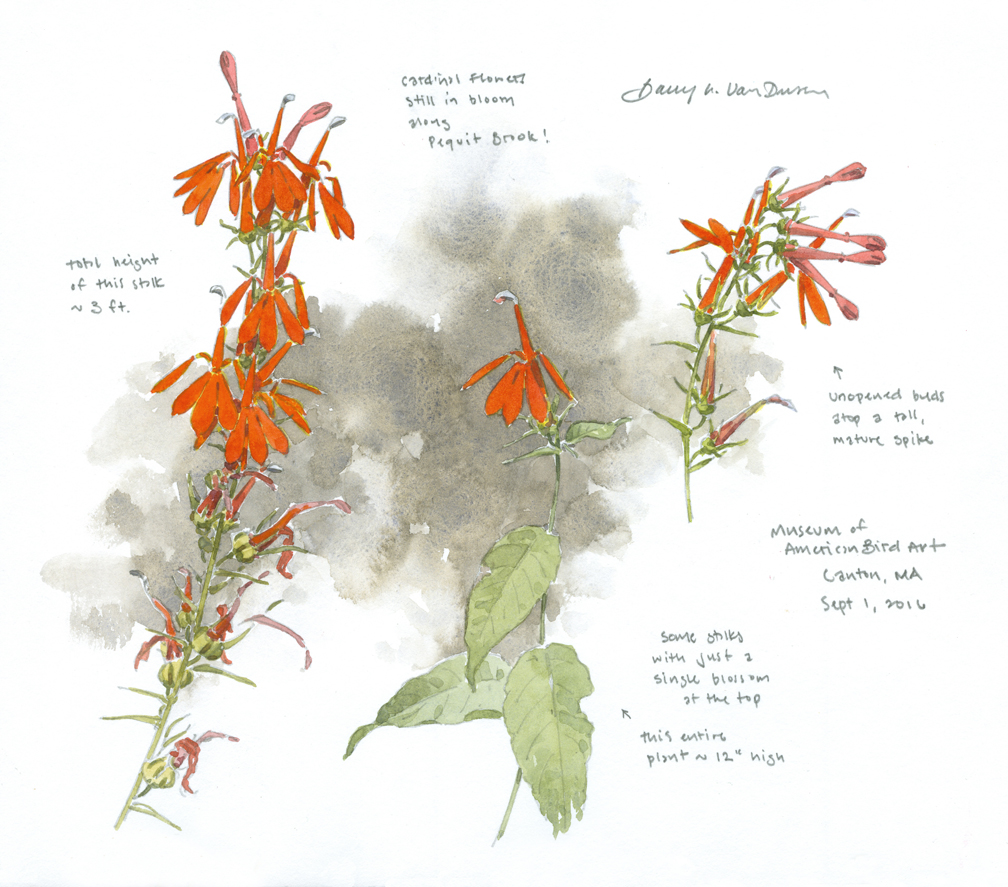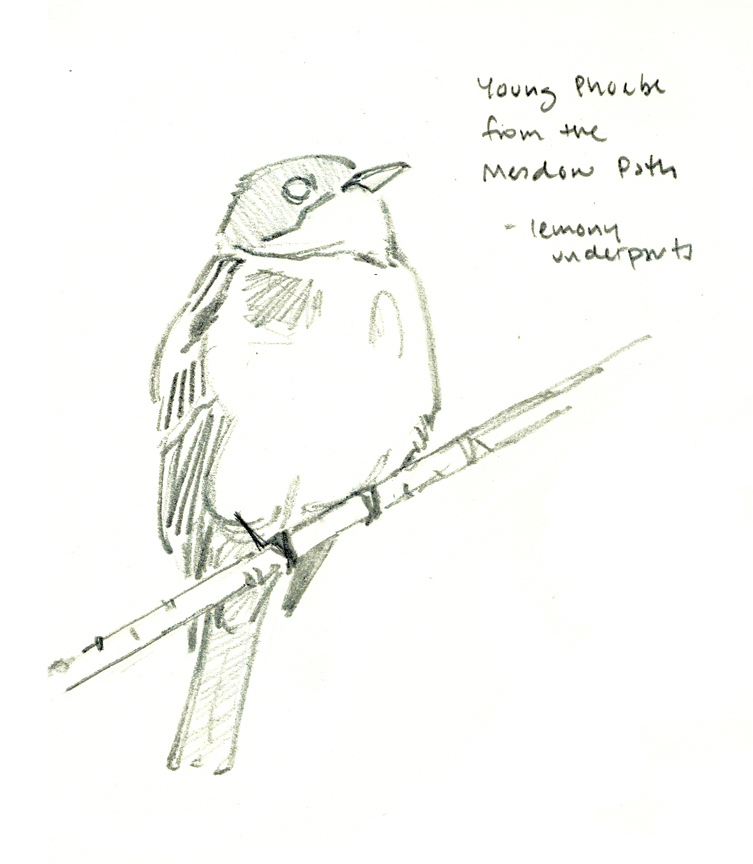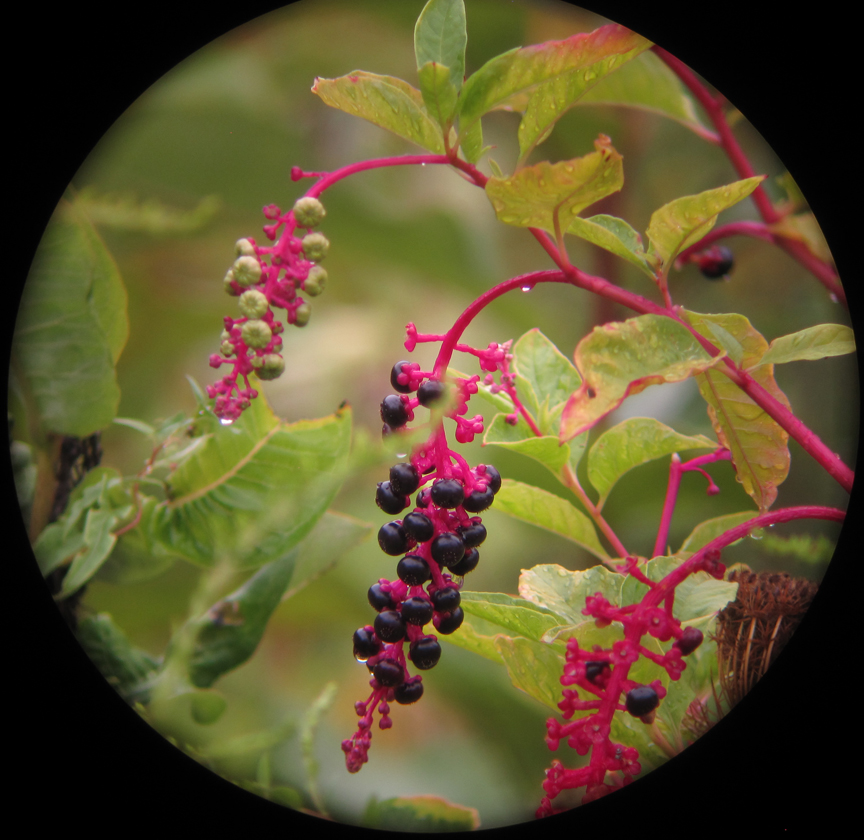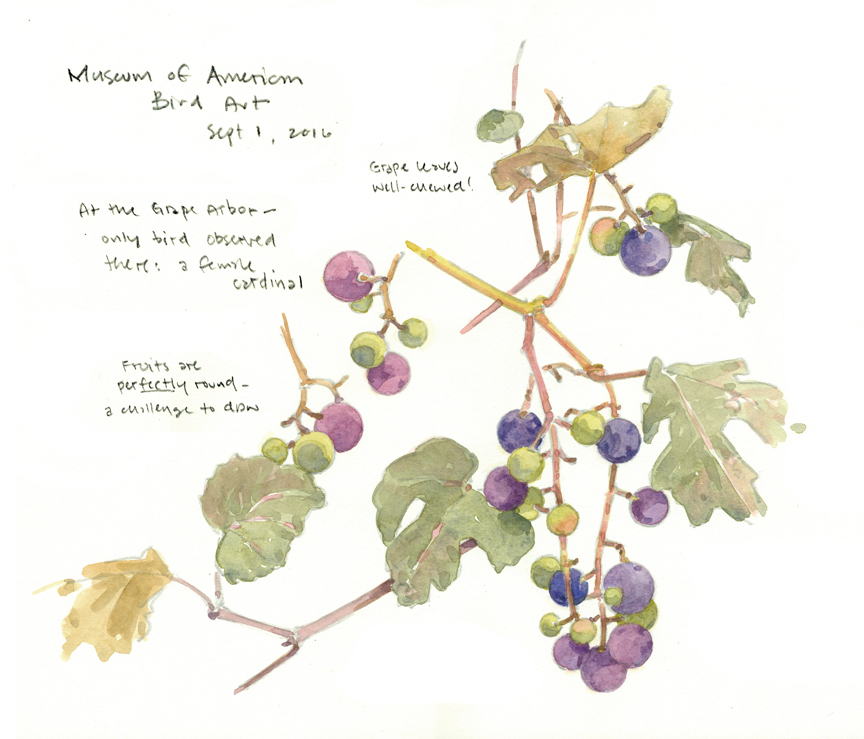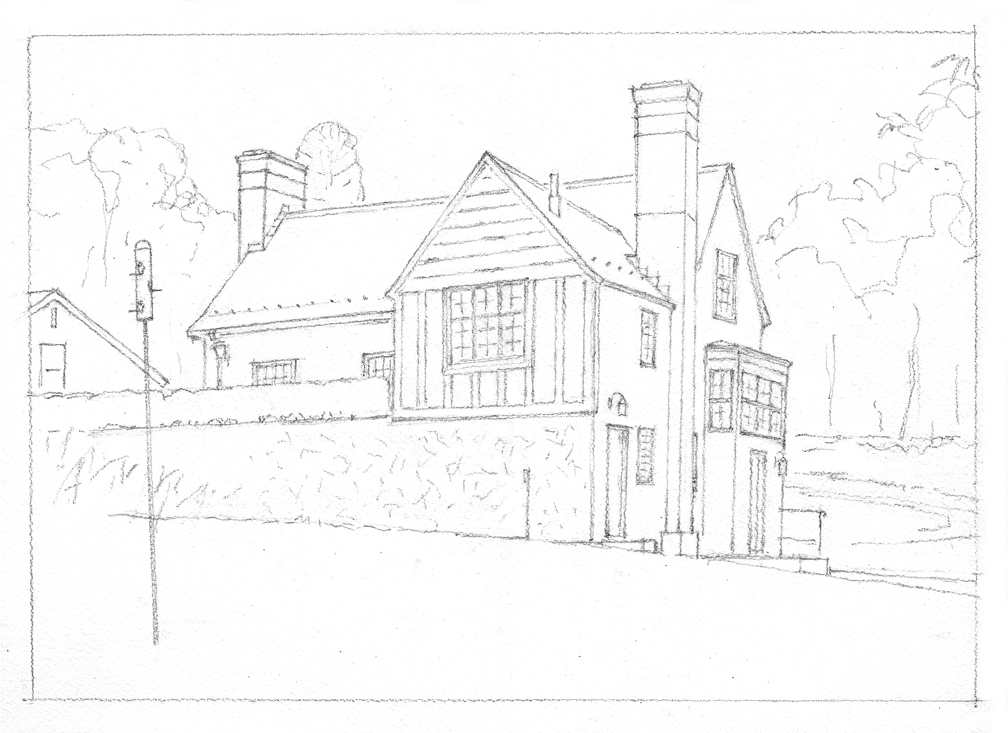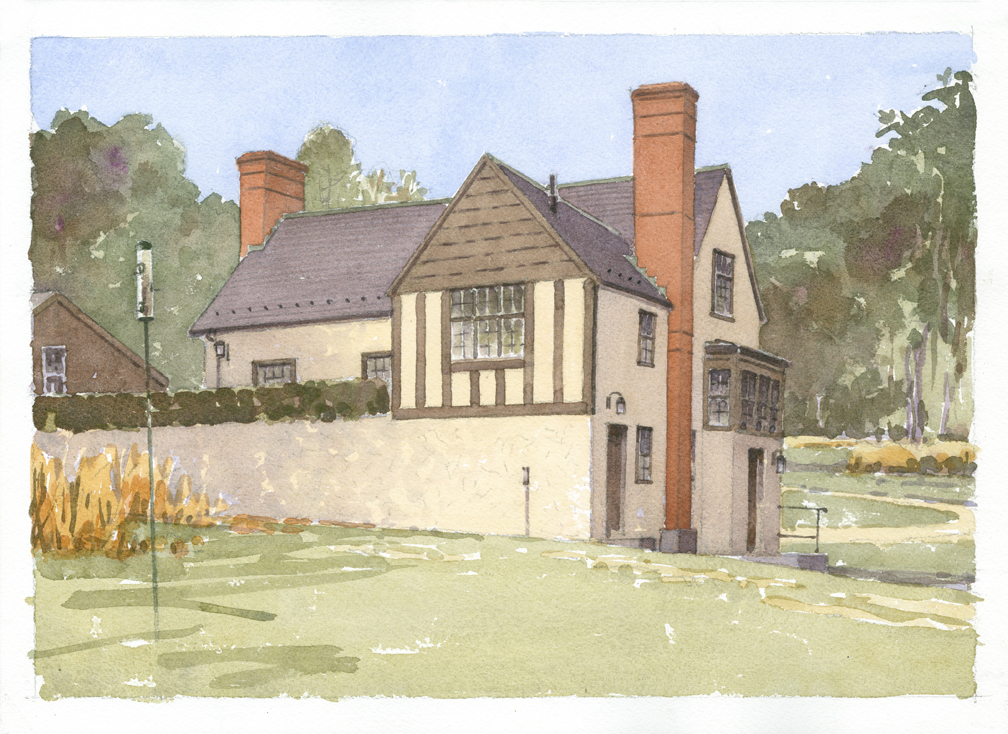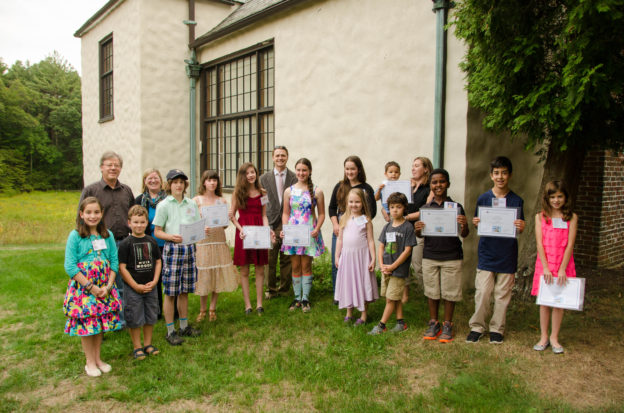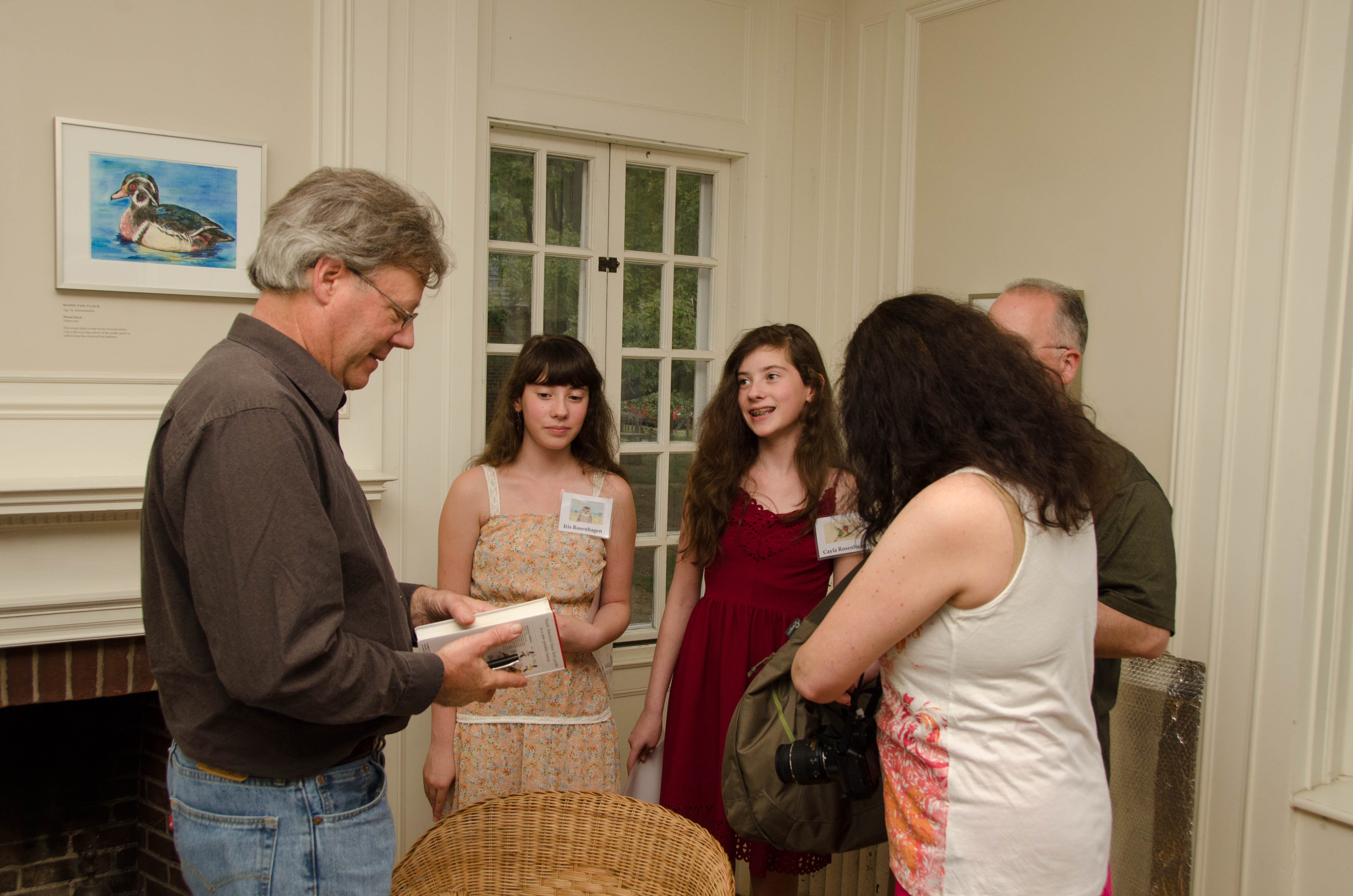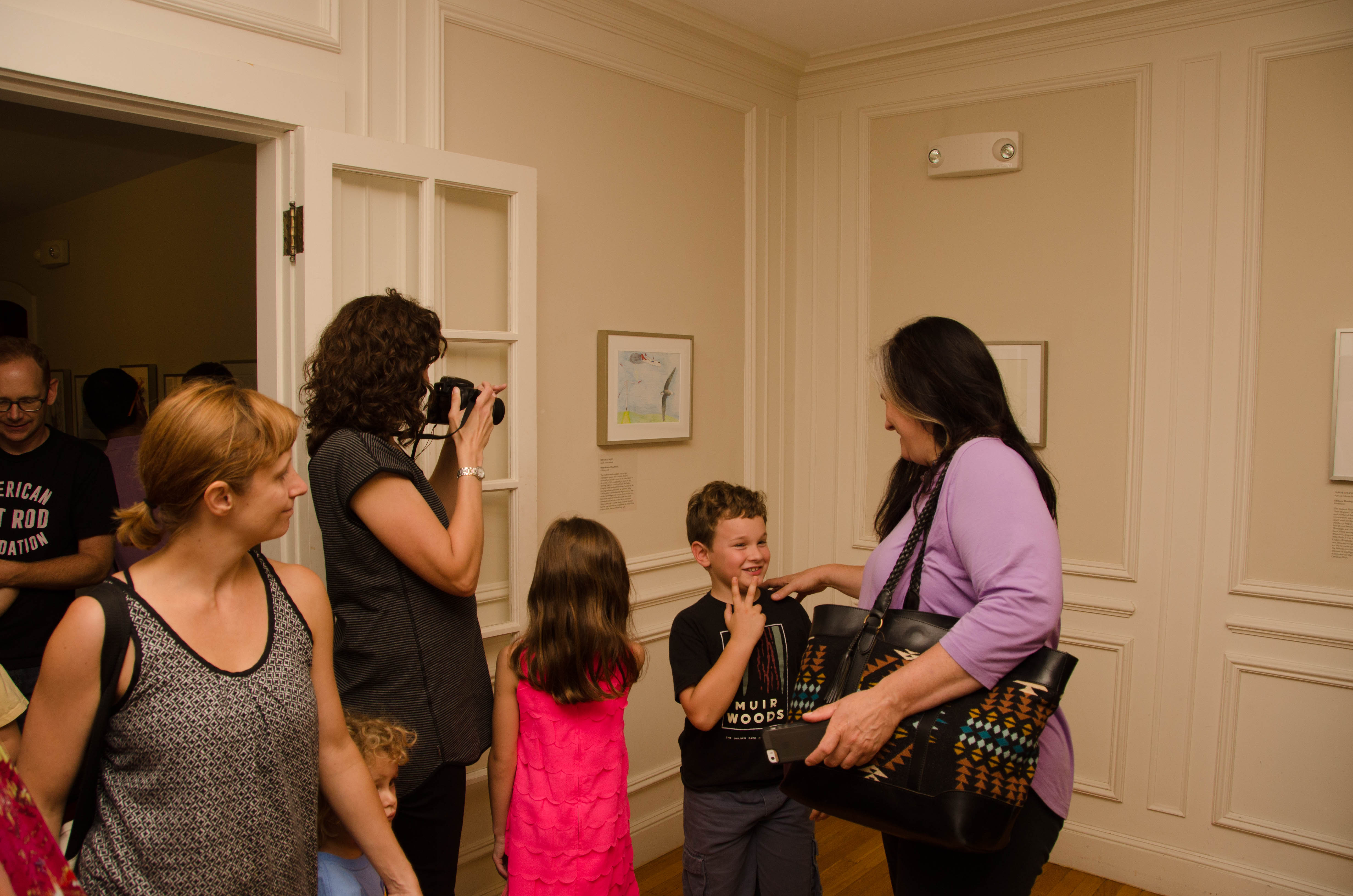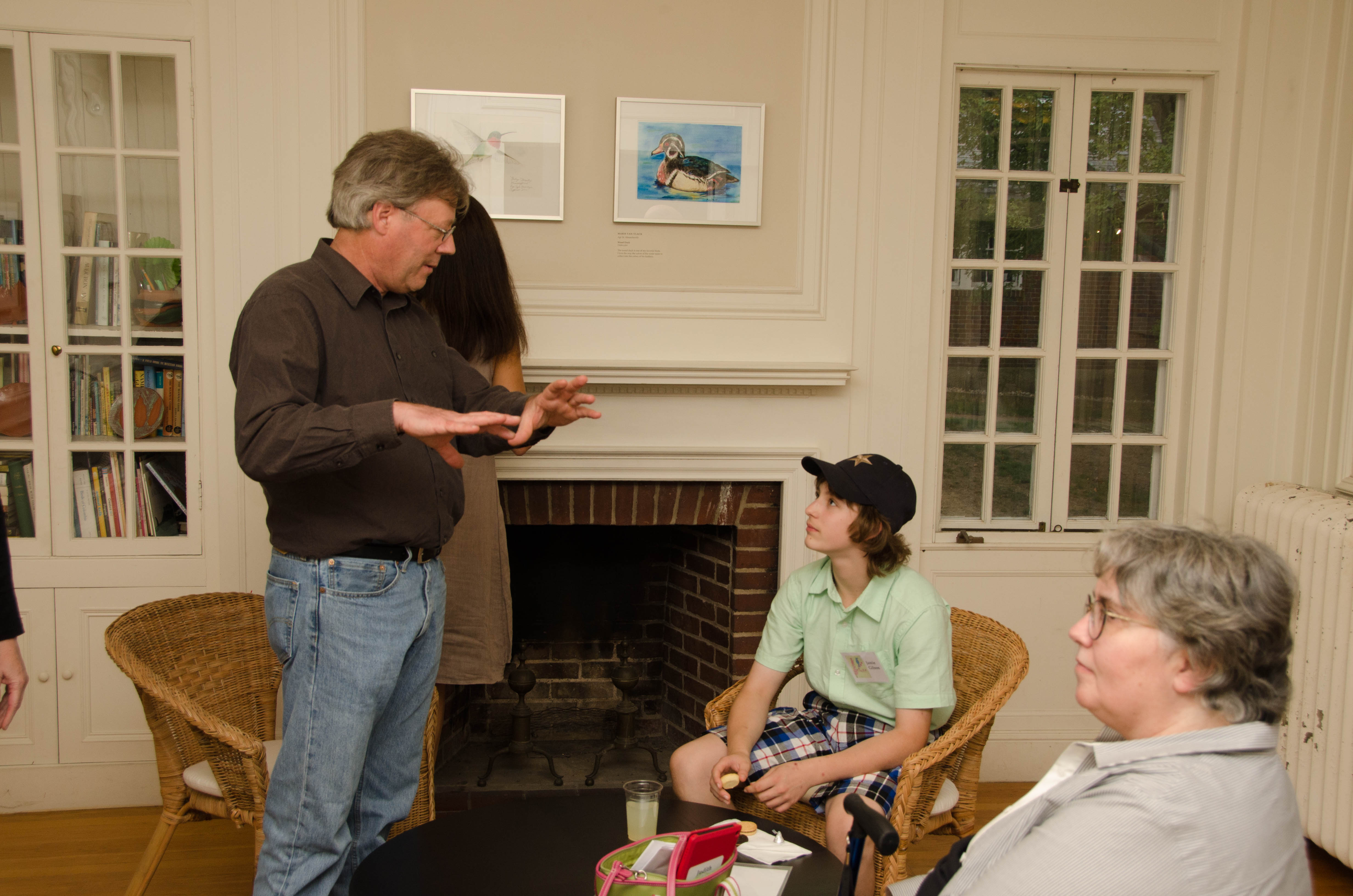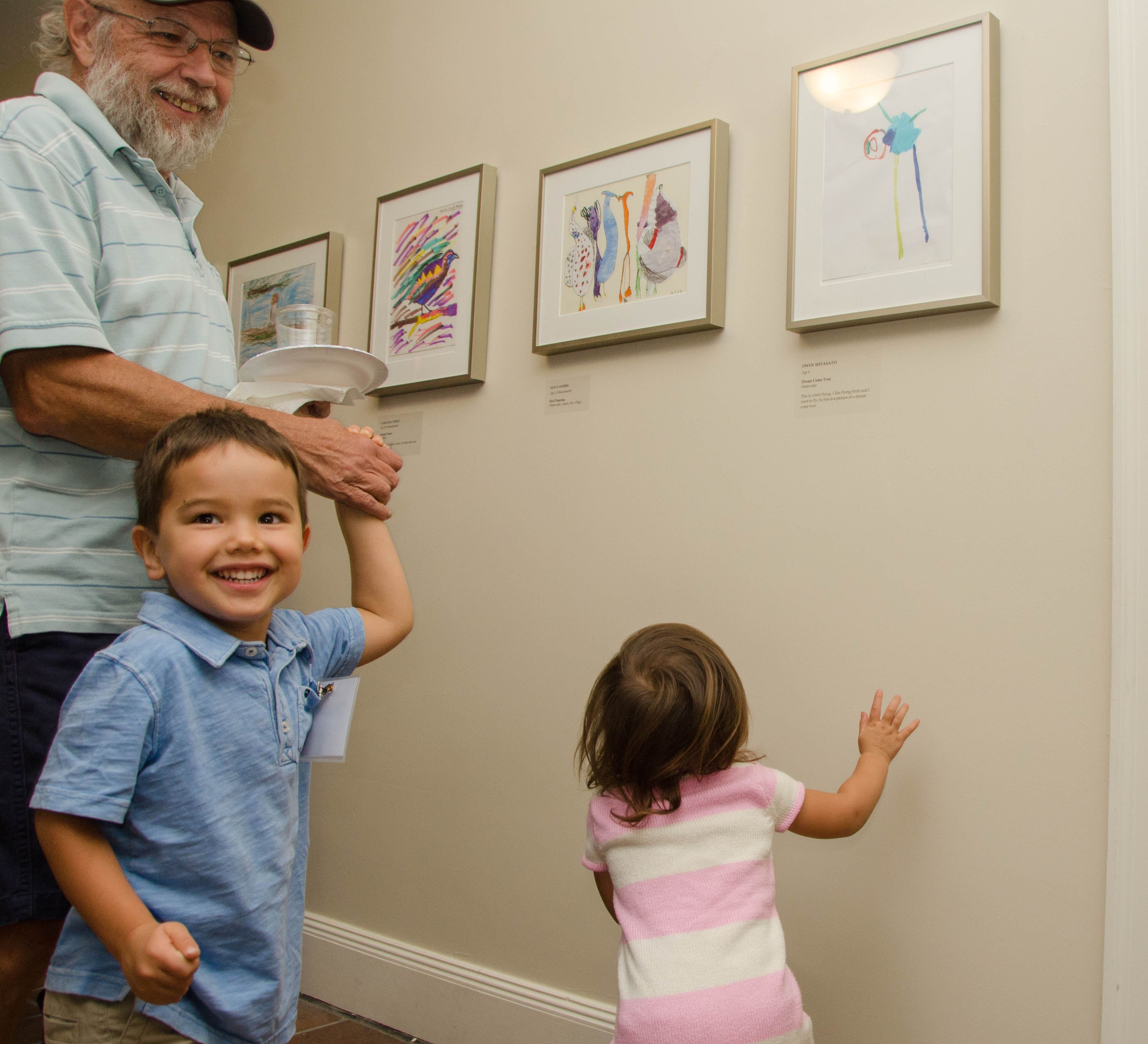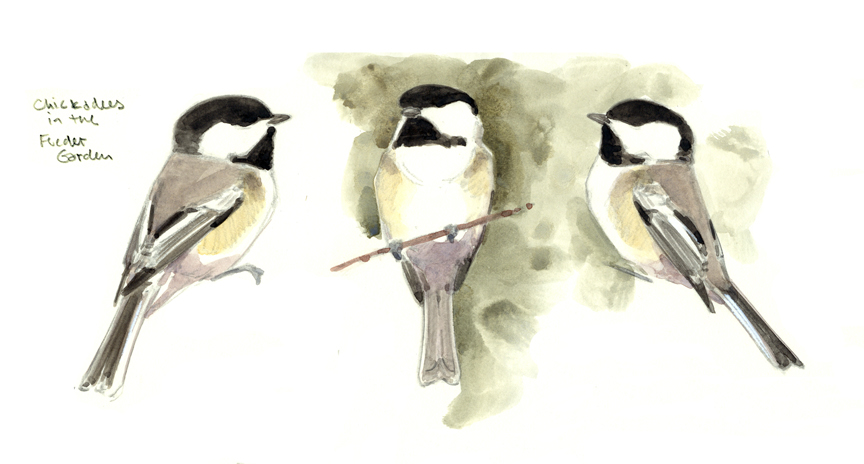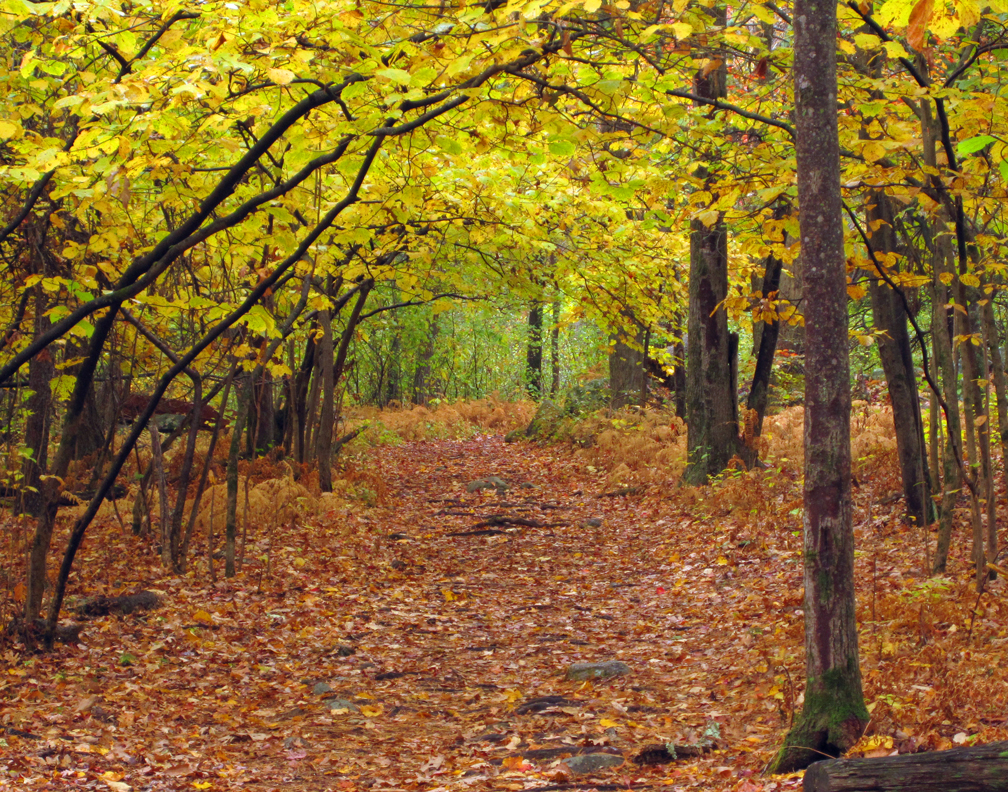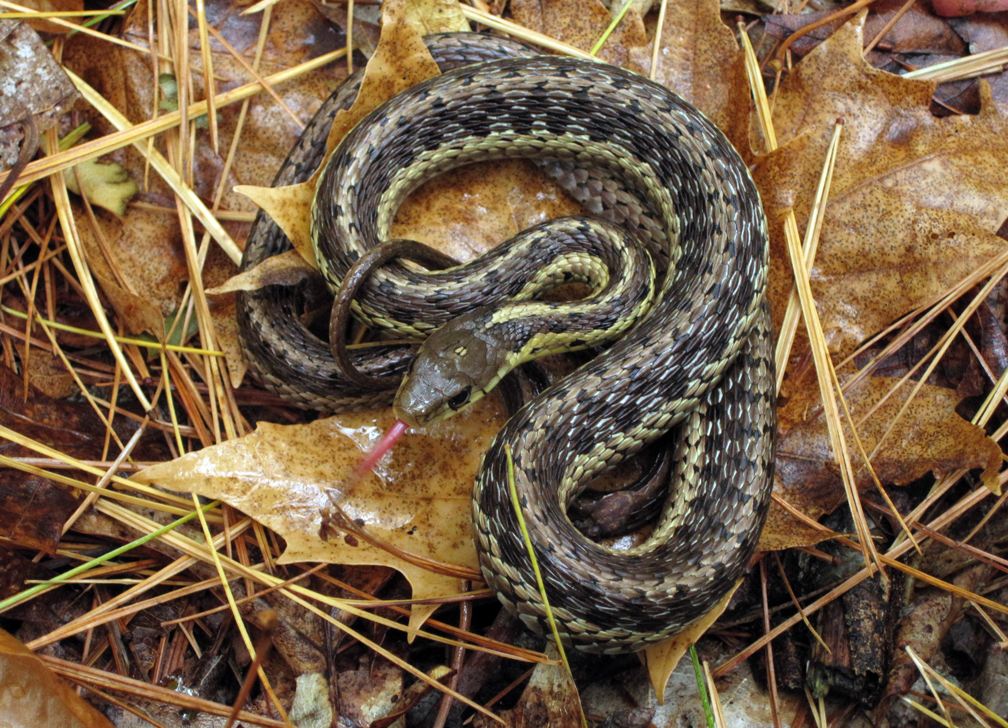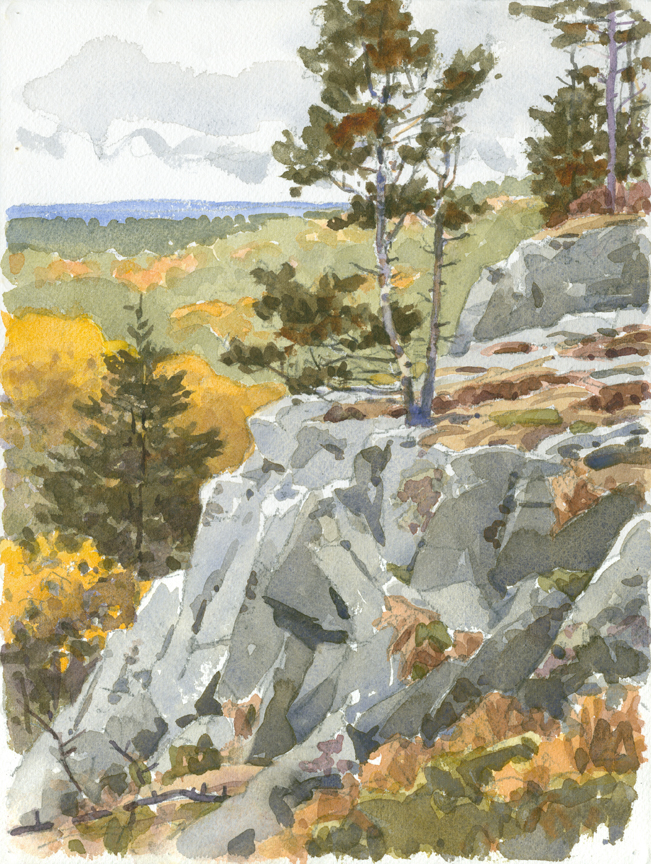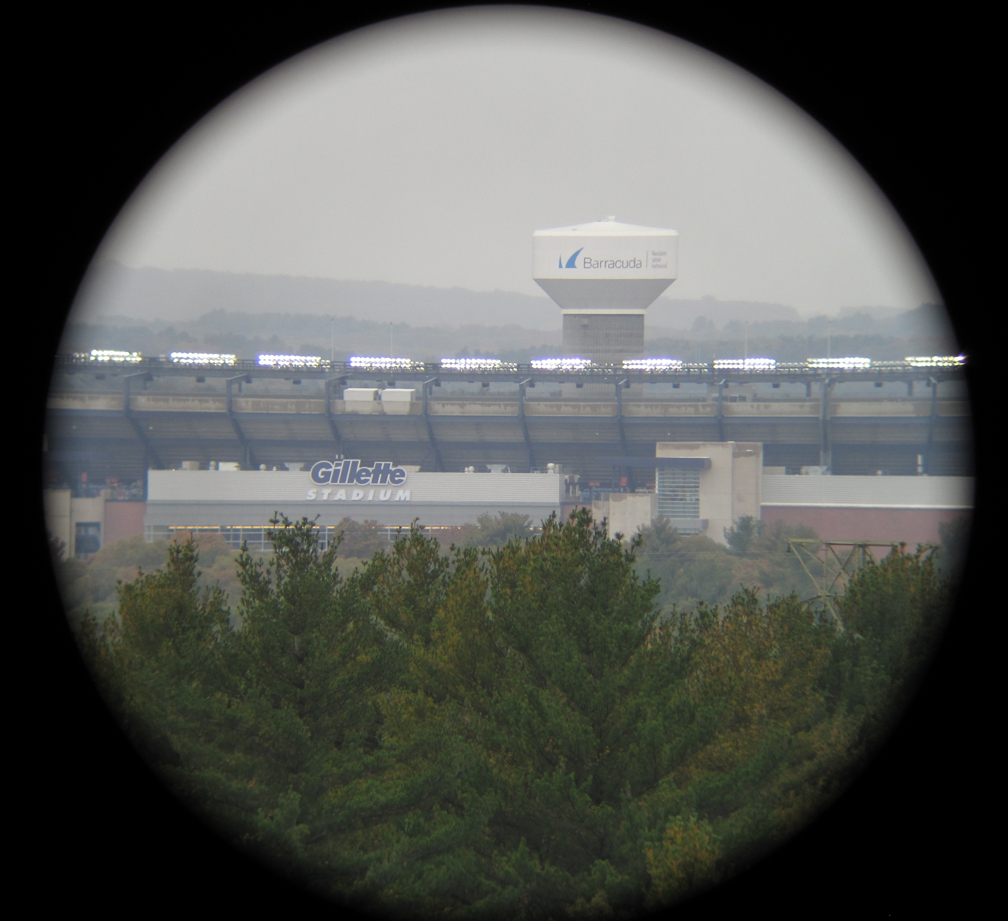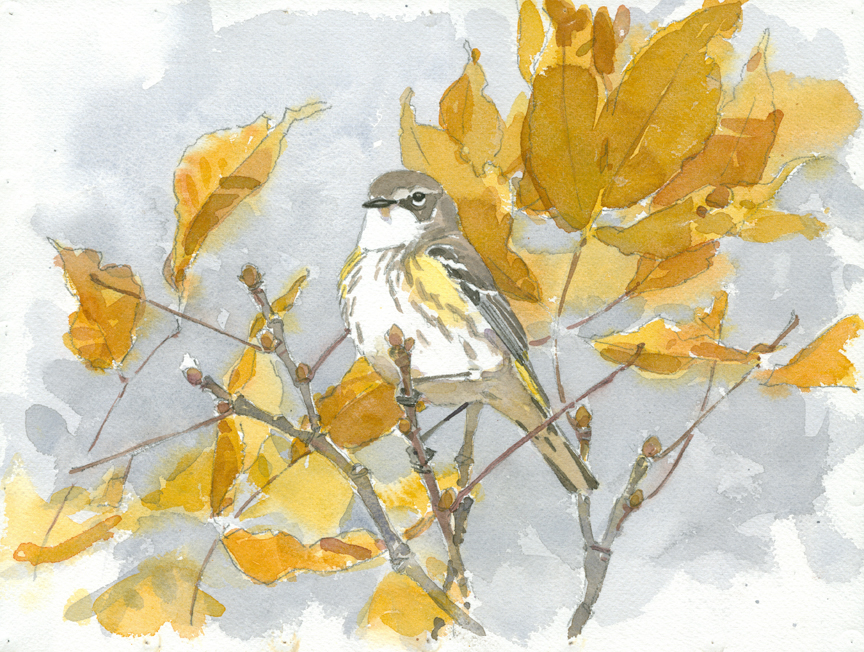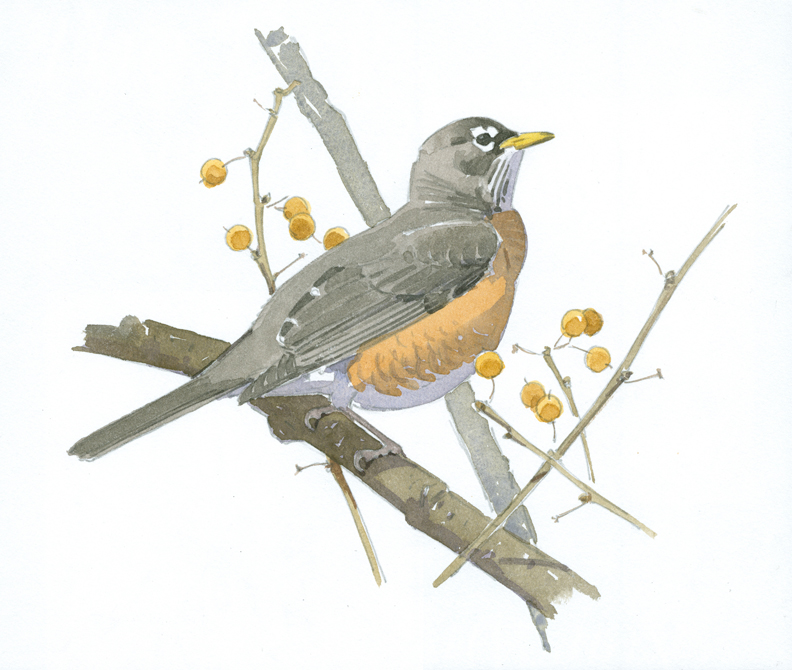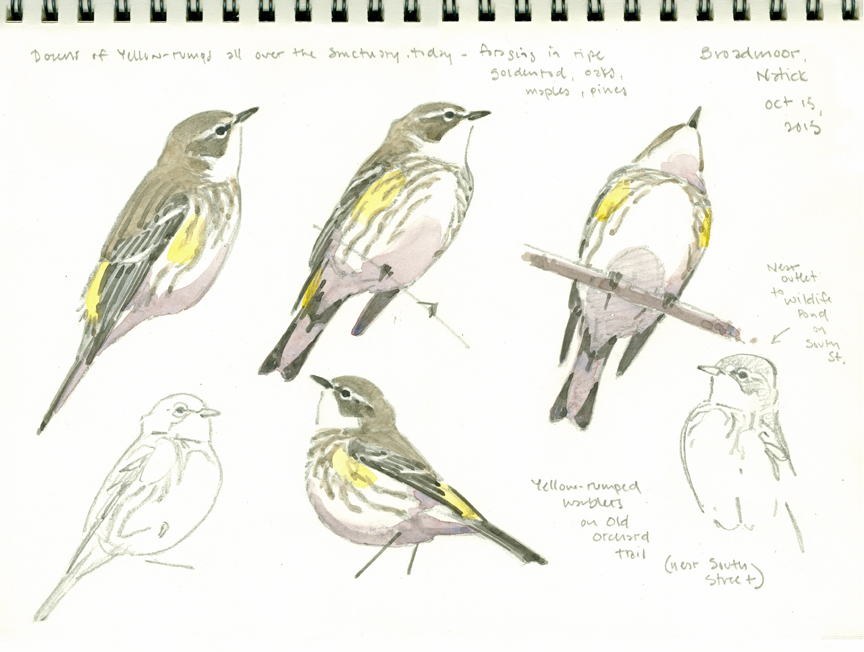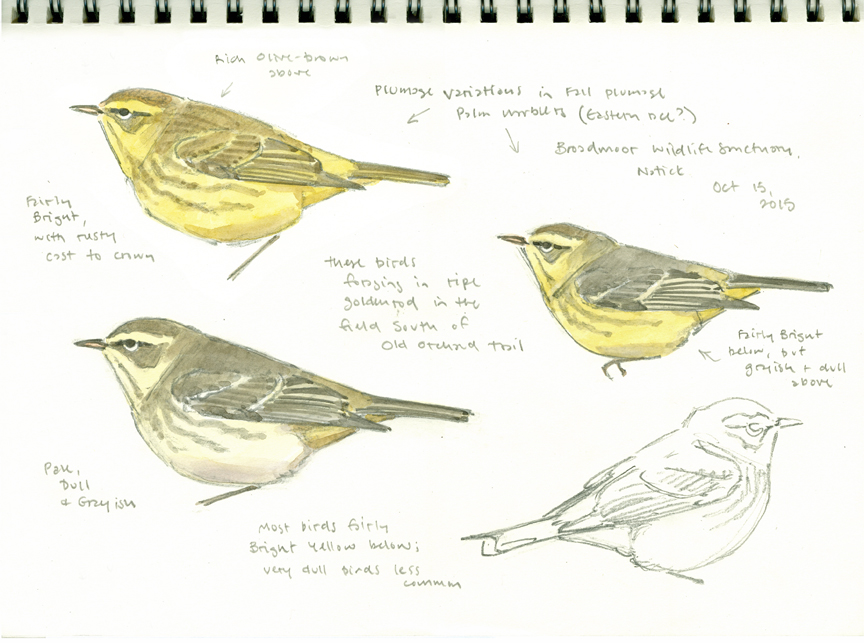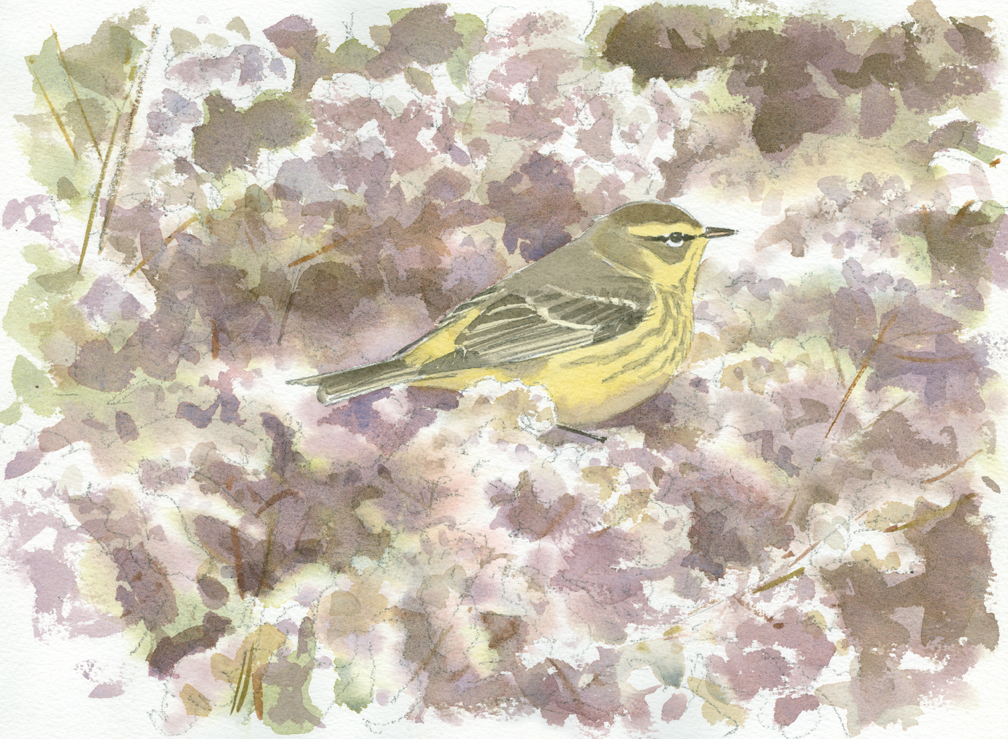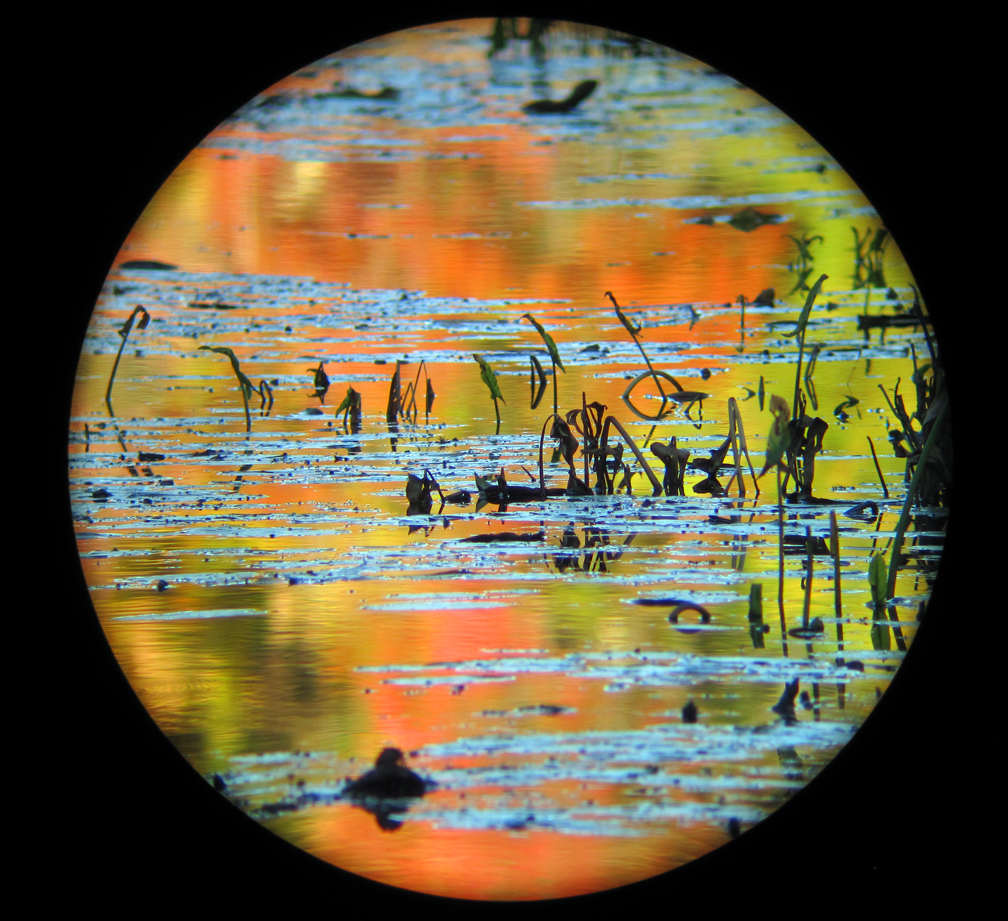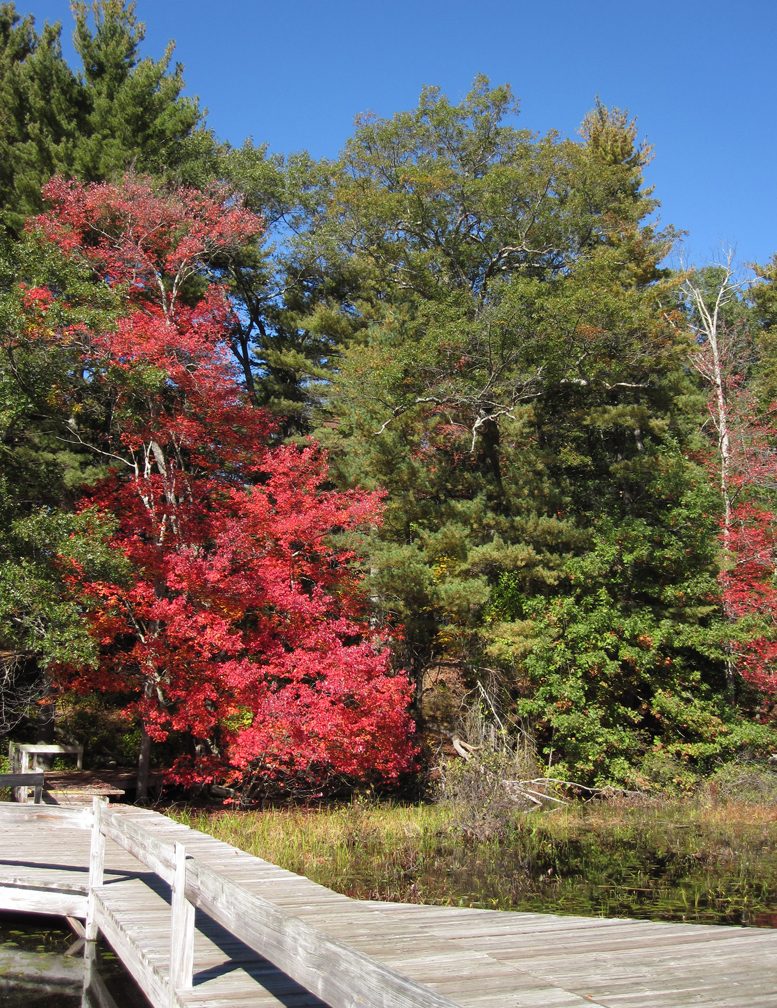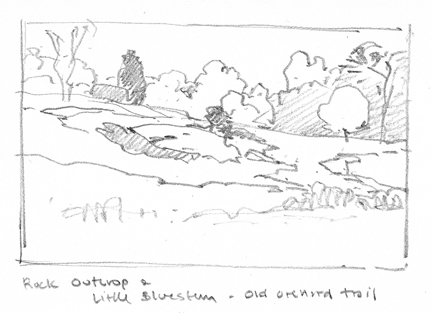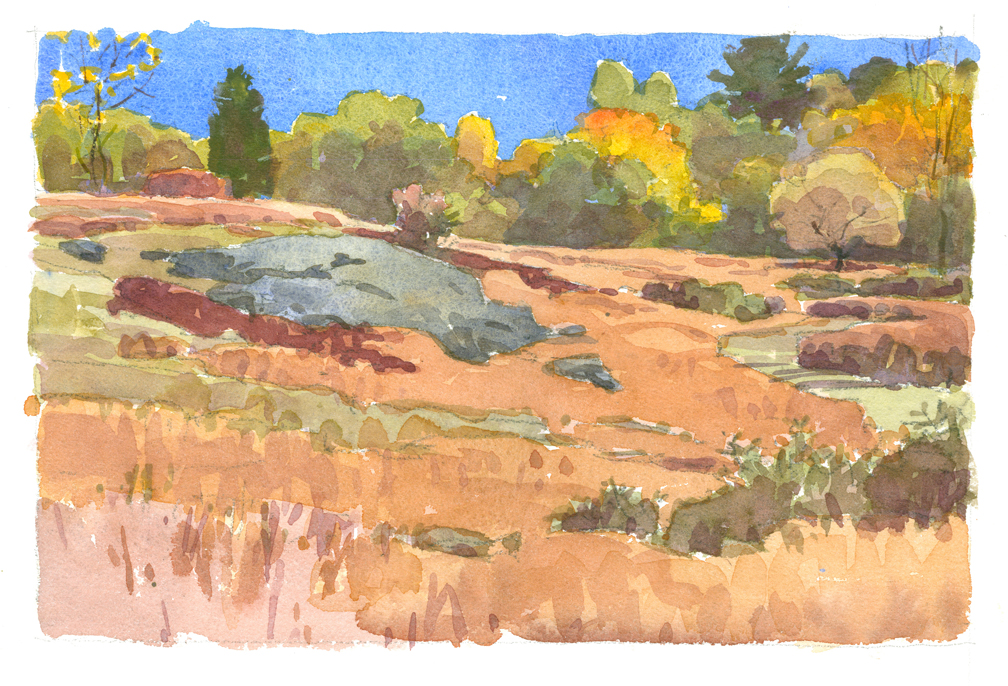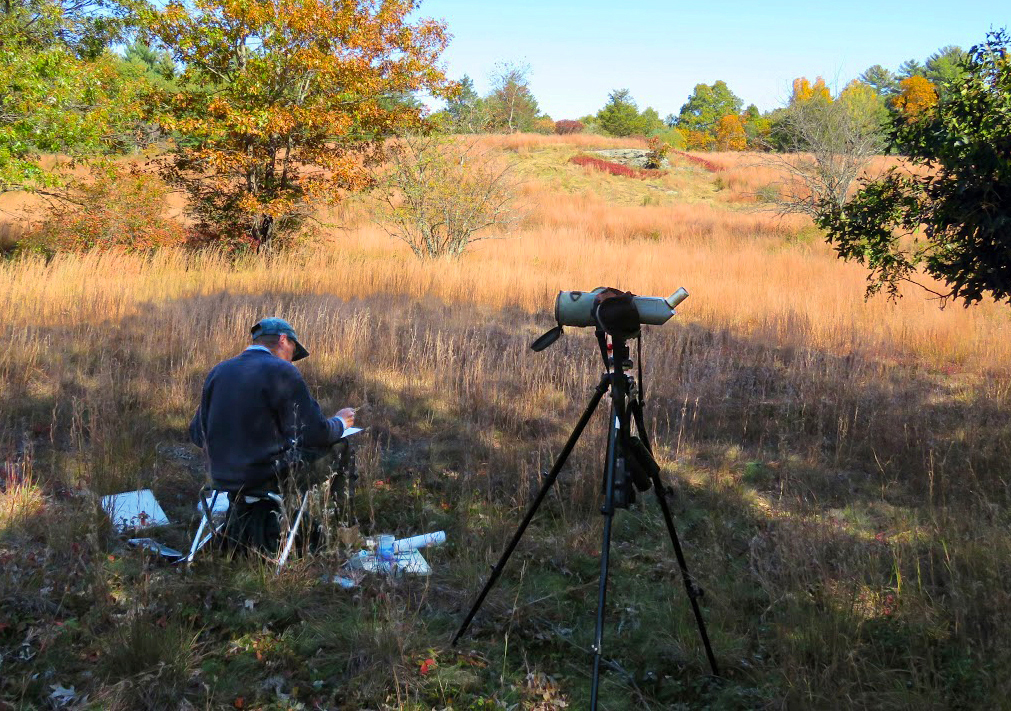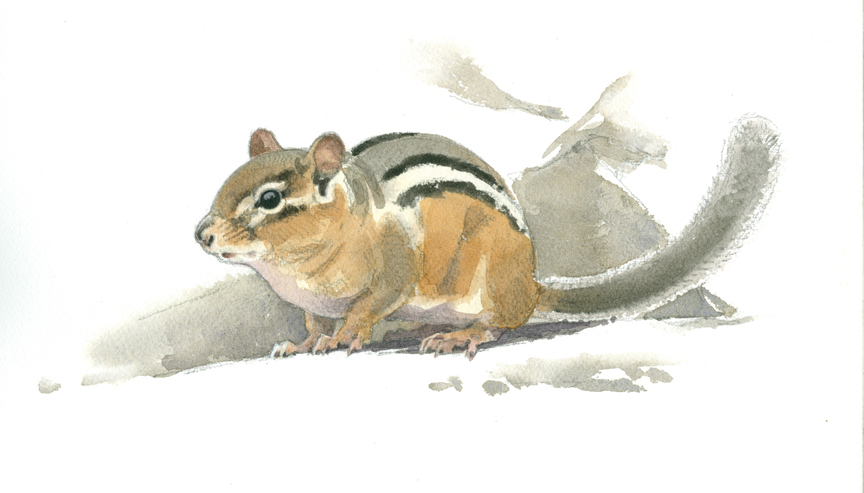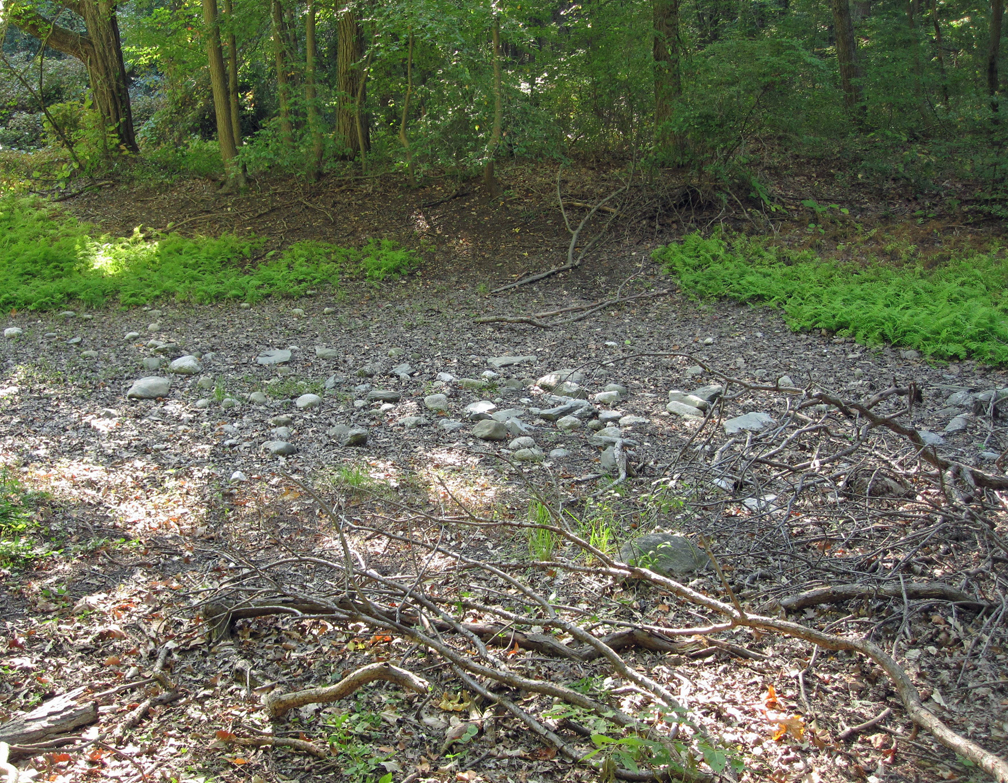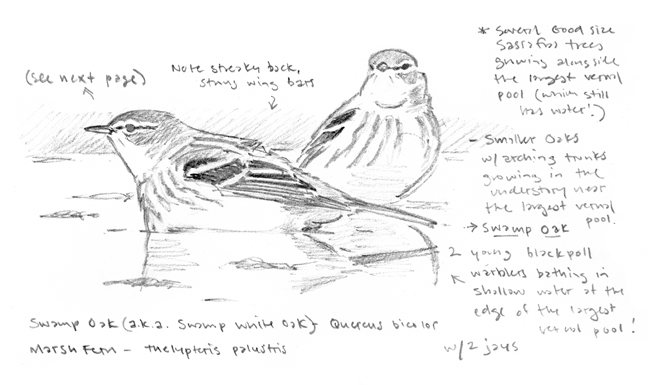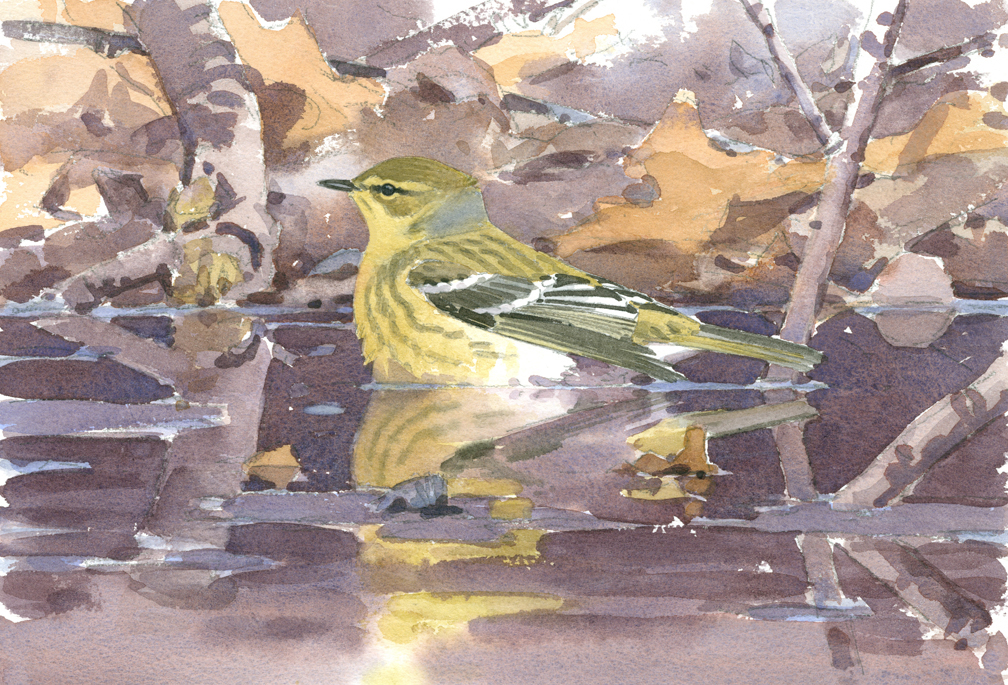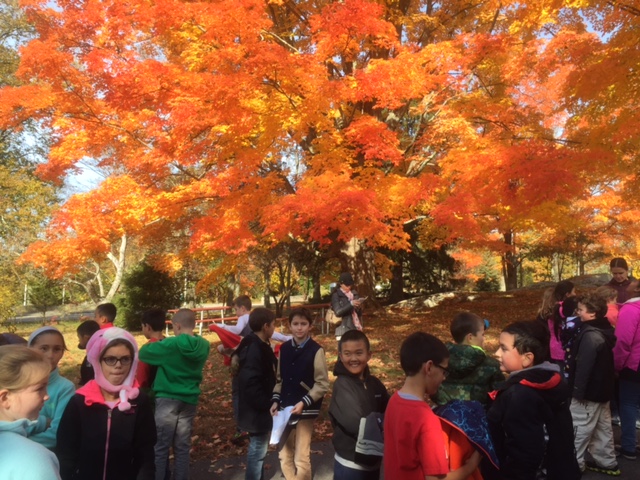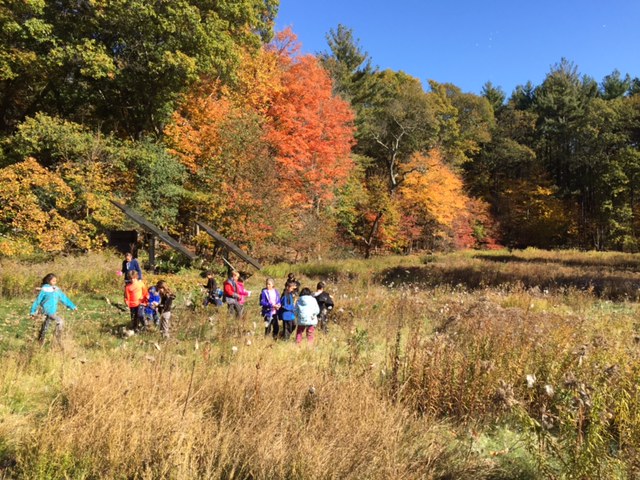SUPPORT OUR WORK and Donate to the Museum of American Bird Art

MILDRED MORSE ALLEN—artist, filmmaker, conservationist and philanthropist—made the Museum of American Bird Art possible through her generous bequest. And it is her combined passions for art and nature, especially birds, that drive the work of MABA today.

Mildred Vining Morse was born in 1903, the granddaughter of the two most prominent men in Canton: James L. Draper of the Draper Brothers woolen mills, and Elijah Morse, founder of the Rising Sun Stove Polish Company. Rising Sun was extremely successful: in 1881, 17 years after its founding, the daily output of the factory was 30 tons or 165,000 packages, of stove polish. A lumber mill and box factory worked day and night to supply its needs. Morse was a pioneer in outdoor advertising, renting space on buildings, barns, boulders, and even cliffs. His product was sold around the world. Mildred was the sole heir of the Rising Sun fortune.

She studied painting at the School of the Museum of Fine Arts, Boston. Passionate about birds, in 1961 she first borrowed bird skins from Mass Audubon to paint from. Eventually she painted 100 watercolor bird portraits, all now in Mass Audubon’s collection.

George Lockhart Allen became Mildred’s suitor in the 1920’s. She was very close to her widowed mother, and so it was to be a very long courtship. Mildred and Lock married in 1962, after her mother’s death.
Her interests later turned to filmmaking. She wanted to better capture the liveliness of the natural world, and she wanted to use the most current, compelling medium possible to spread the word about the importance of protecting the environment. Her short nature films received awards both nationally and internationally, and were shown across the country on public television. Her film, Nature Remains, won the Grand Award at the International Film & TV Festival 1966 in New York.
She thought of her property in Canton as a wildlife sanctuary. She once wrote: “My woods are ideal for a sanctuary: fields, hardwood sections, pine groves, one large swamp with a brook running through the center, two smaller swamps that dry up late in the season but are still popular, used for nesting by song sparrows and yellow throats.” At one time she had 53 bird houses throughout her property, and in the woods there were two feeders with a capacity of 100 pounds of seed, and two with a 20-pound capacity.

She died in 1989. Two years later, after her husband’s death, her 121-acre property and a generous endowment came by bequest to Mass Audubon. Today Mildred’s passions are perpetuated through MABA’s mission: to celebrate the beauty and wonder of birds and nature, inspiring inquiry and creativity, and expanding knowledge about humanity’s relationship with nature.
SUPPORT OUR WORK and Donate to the Museum of American Bird Art


